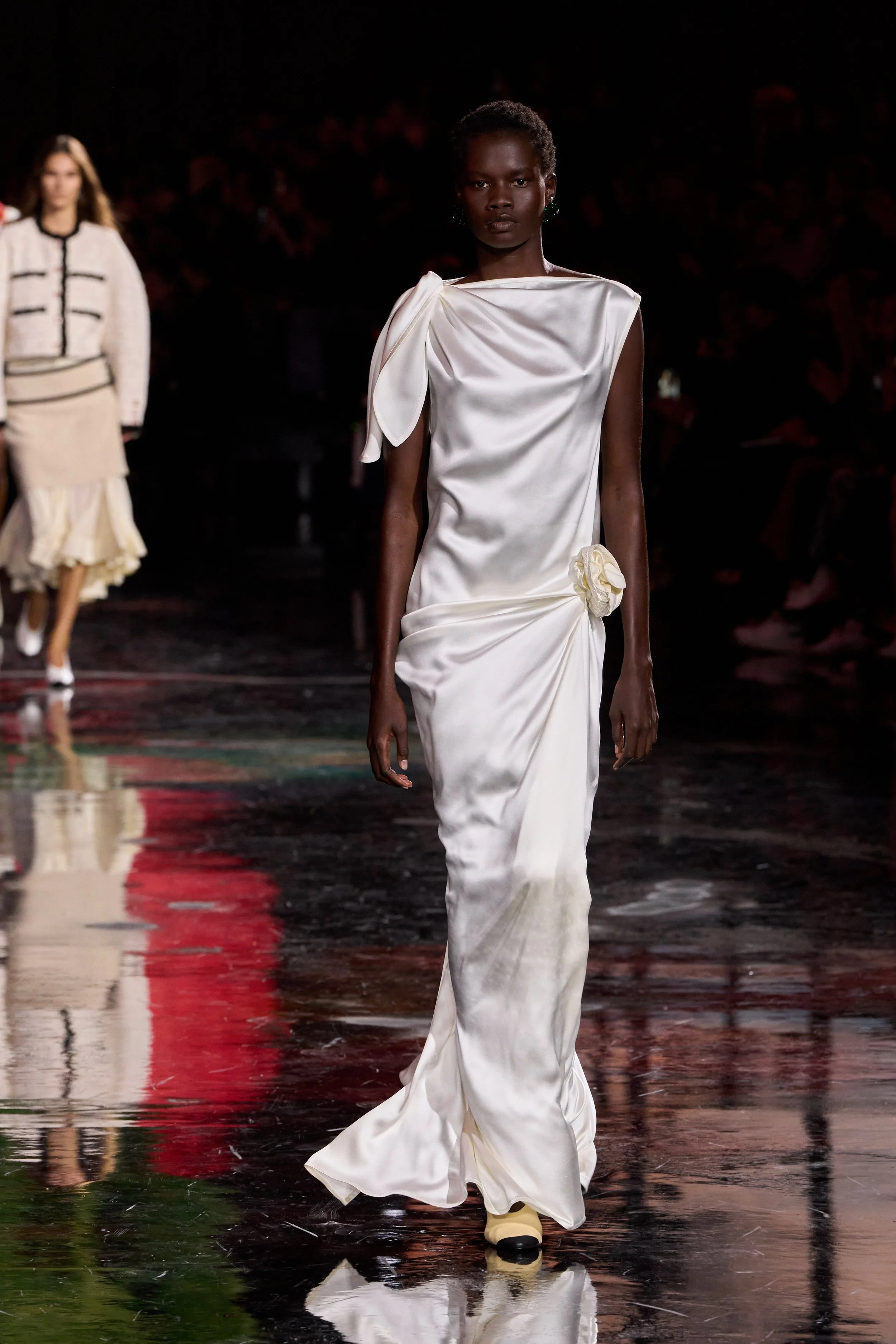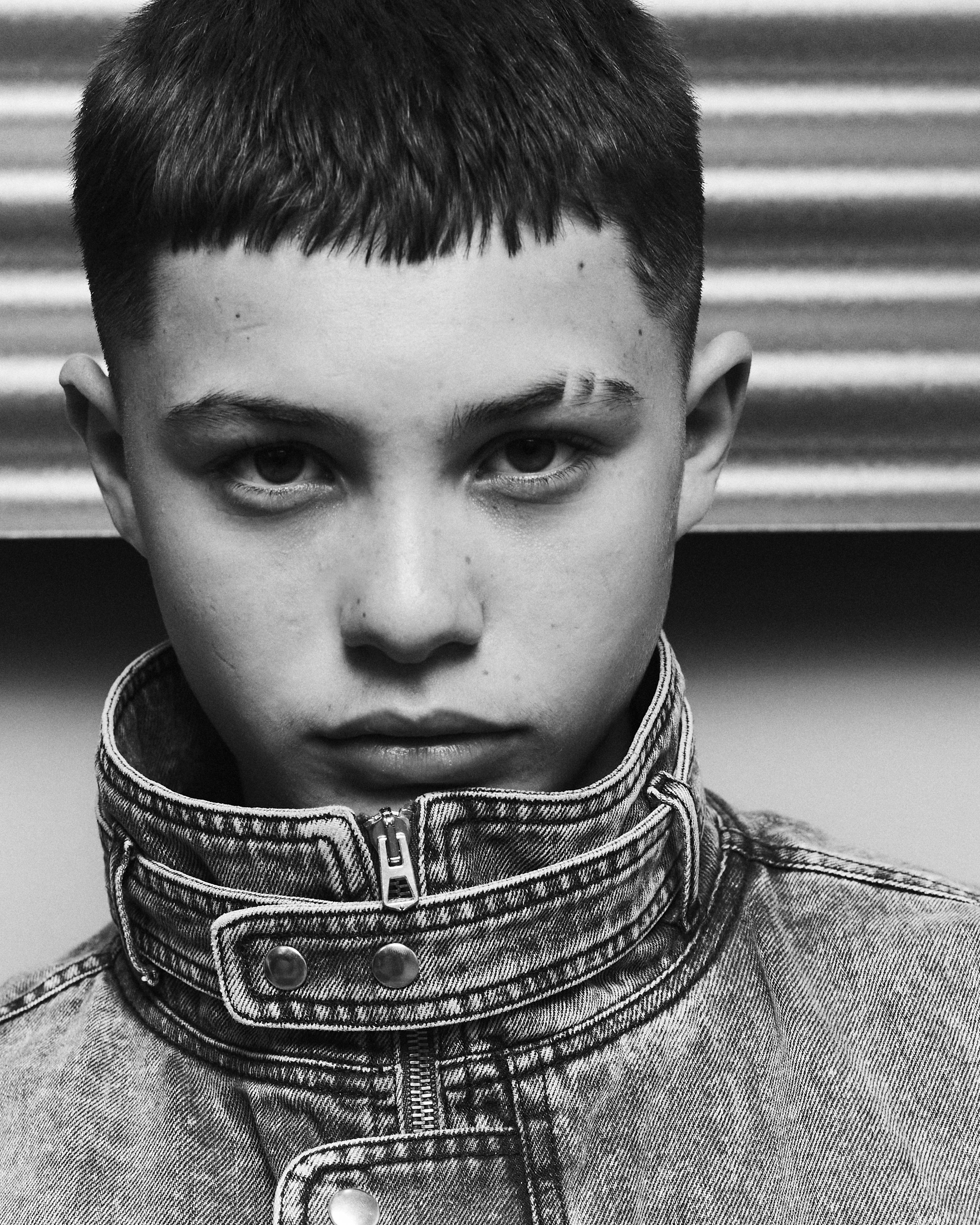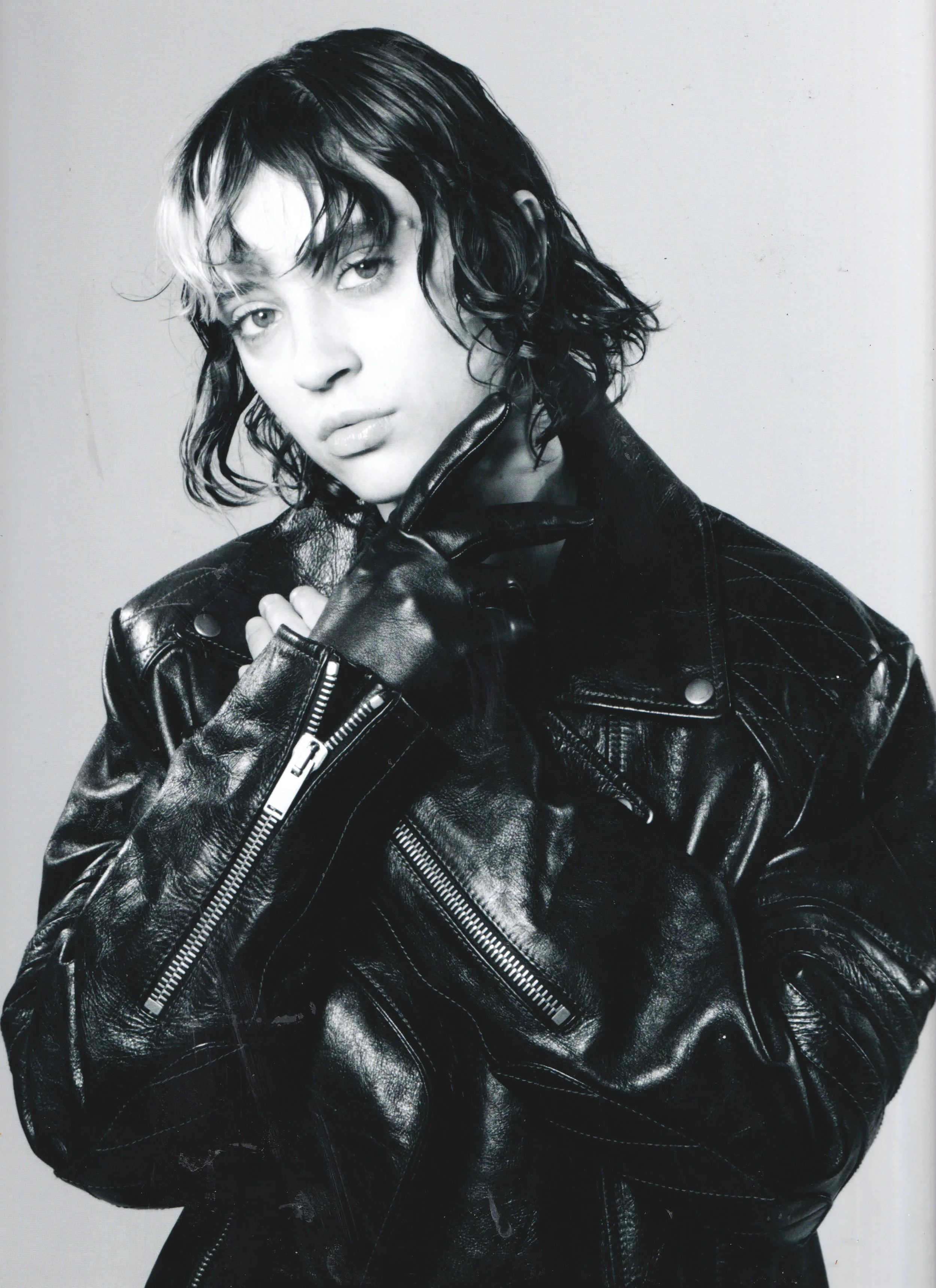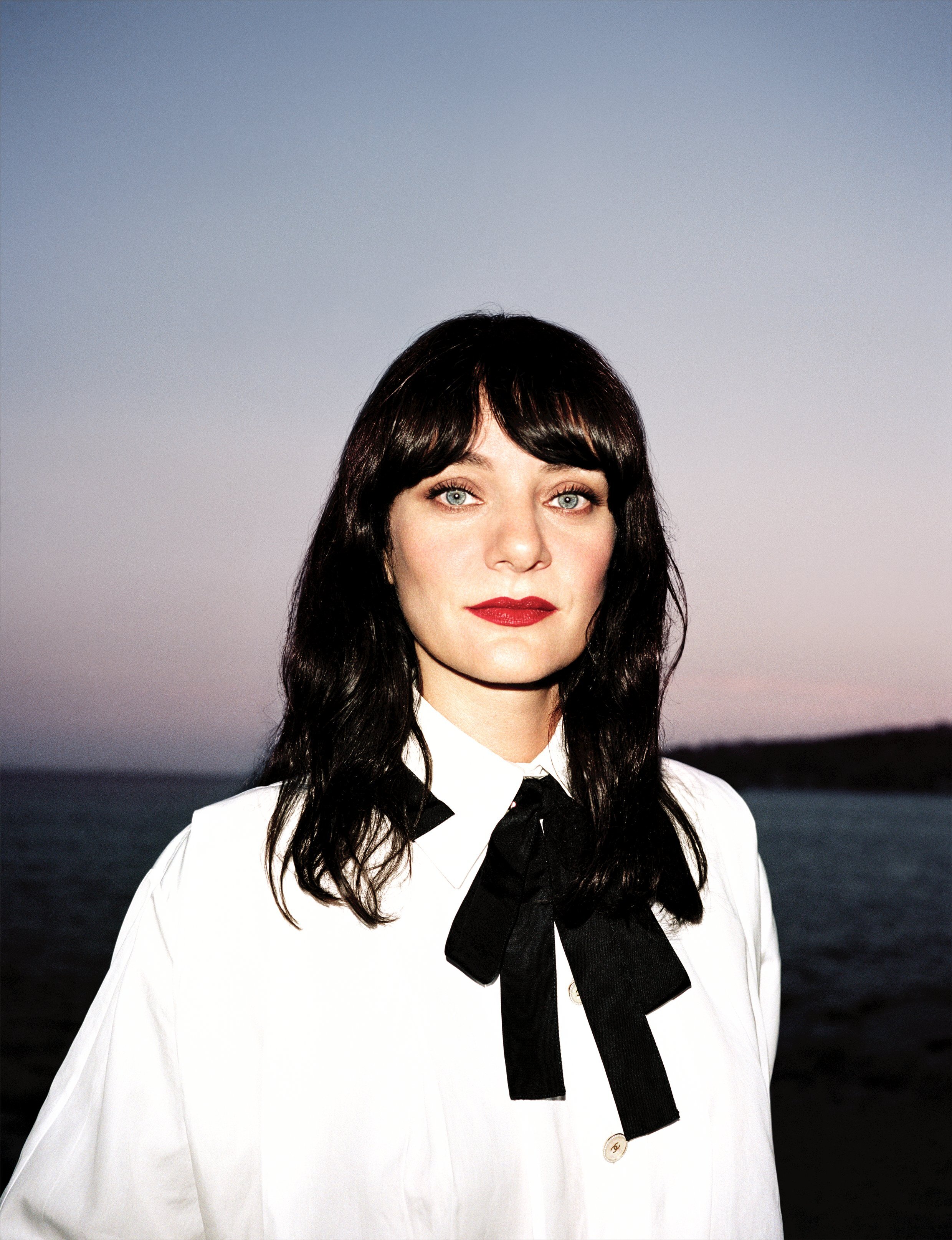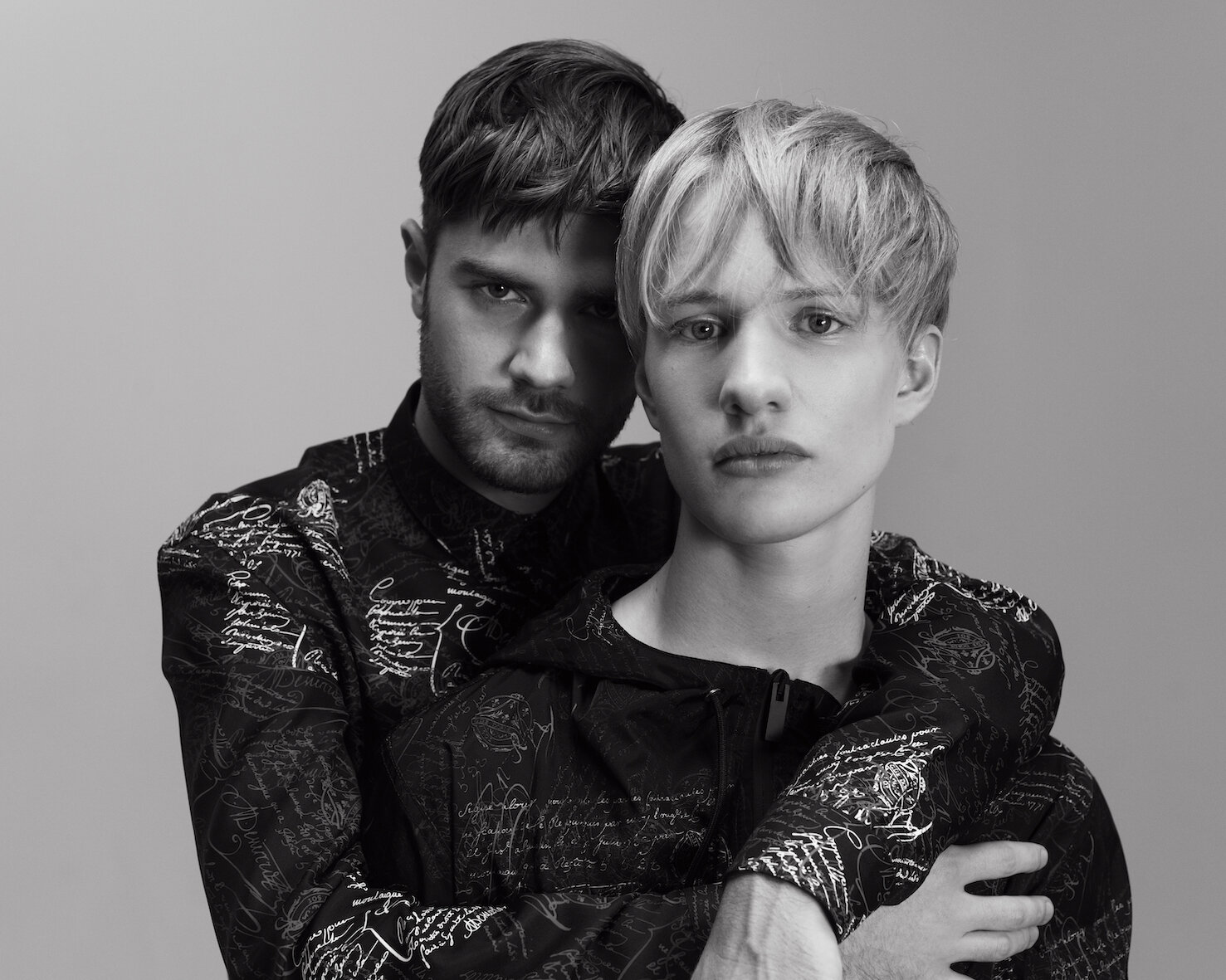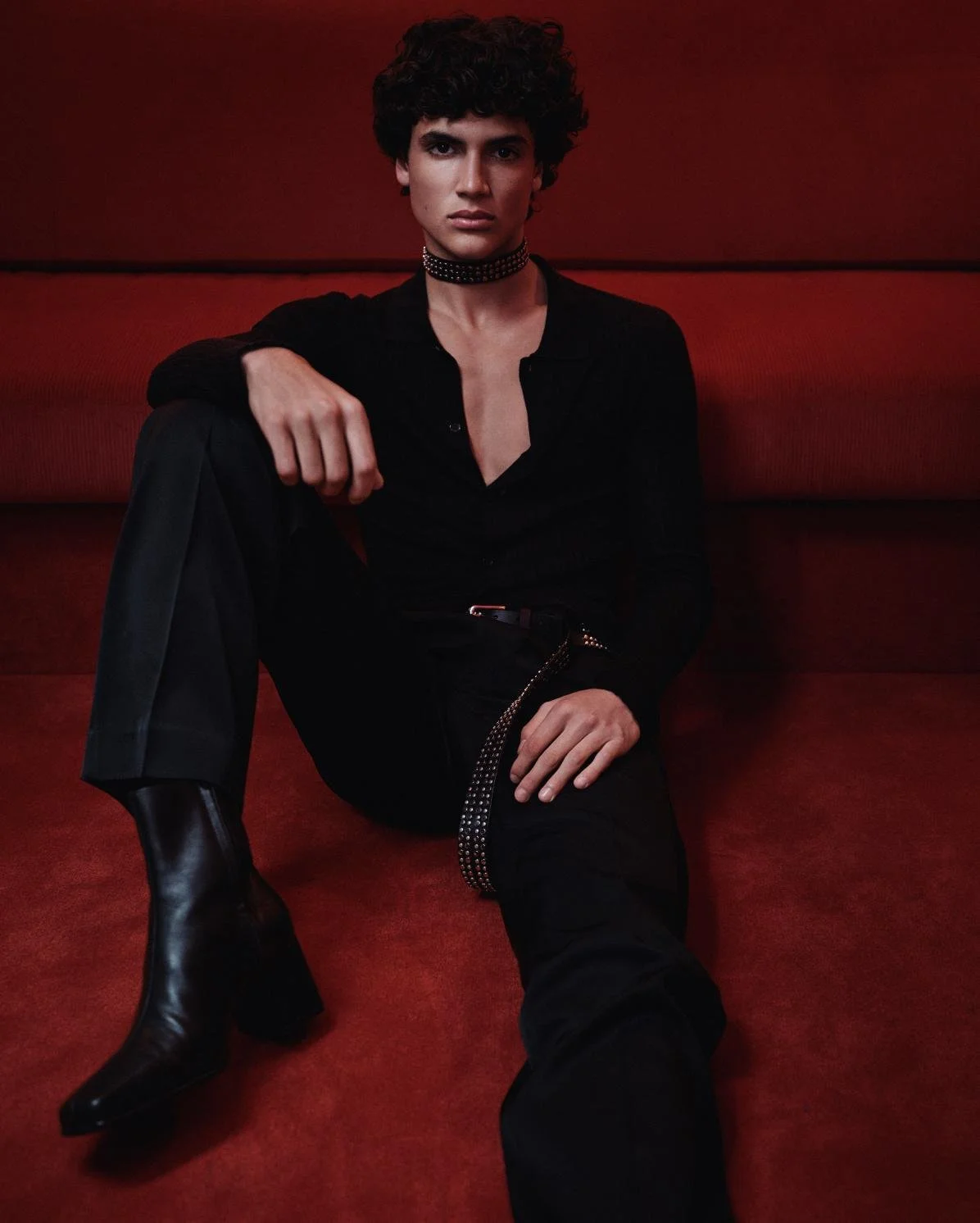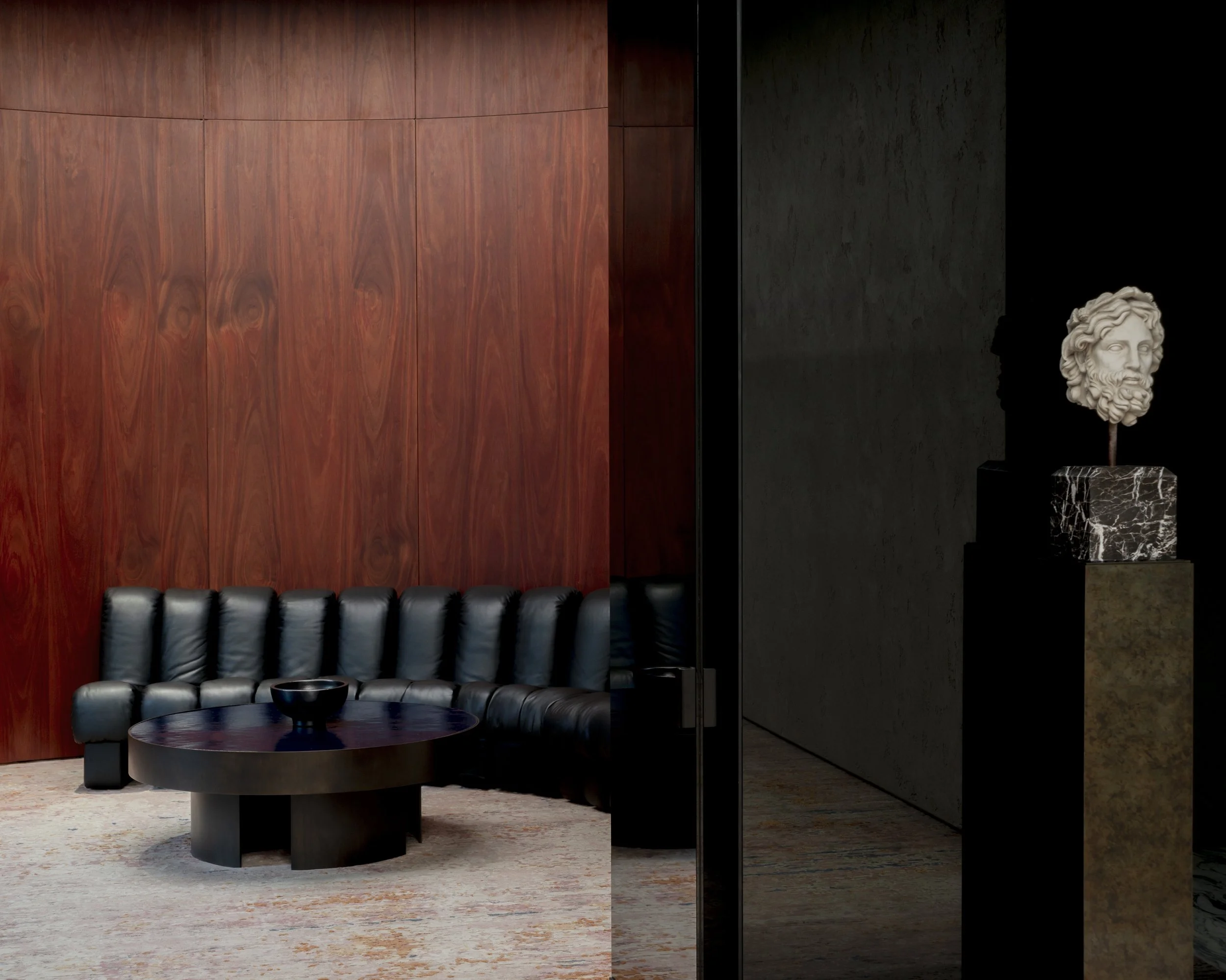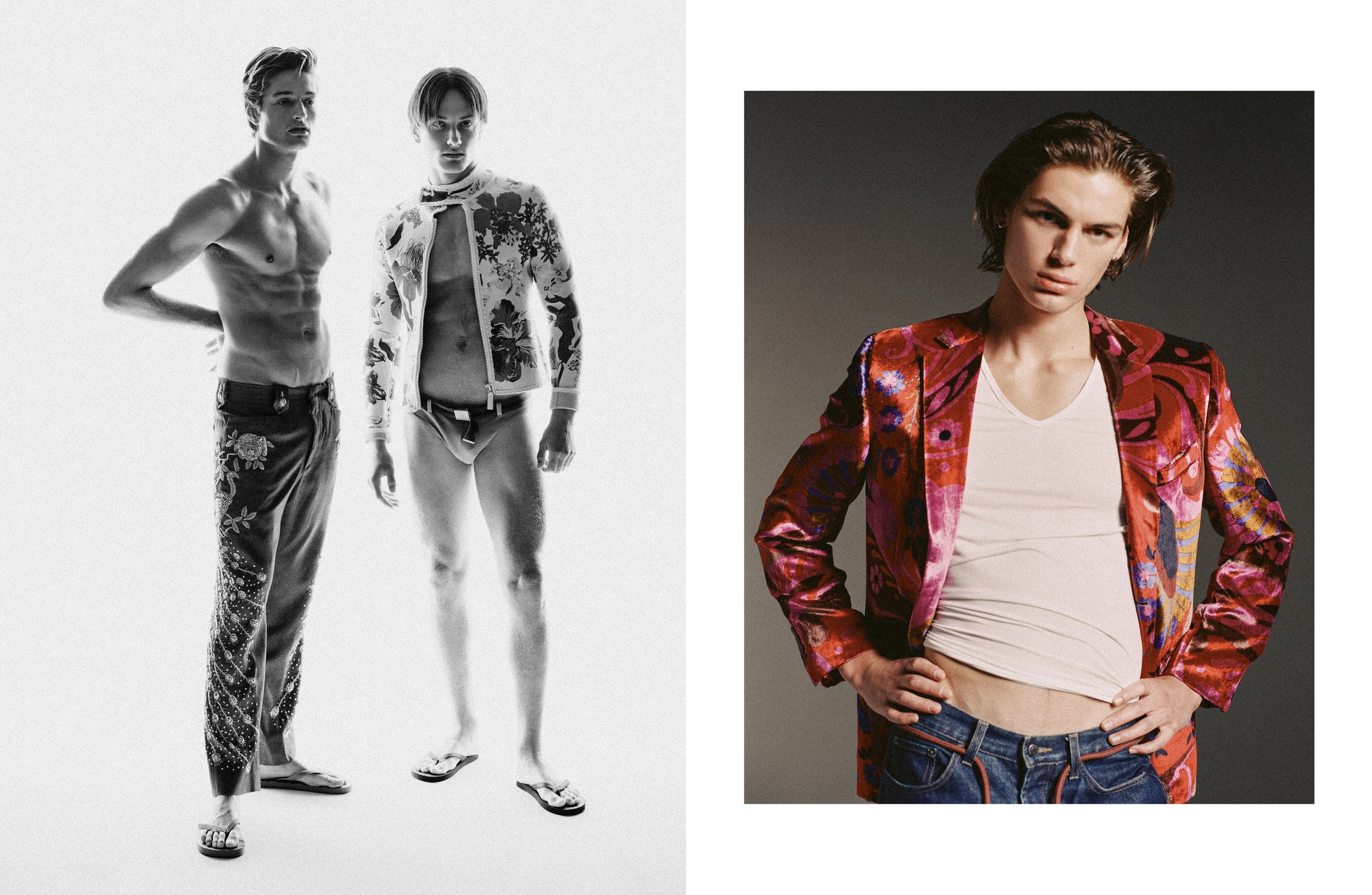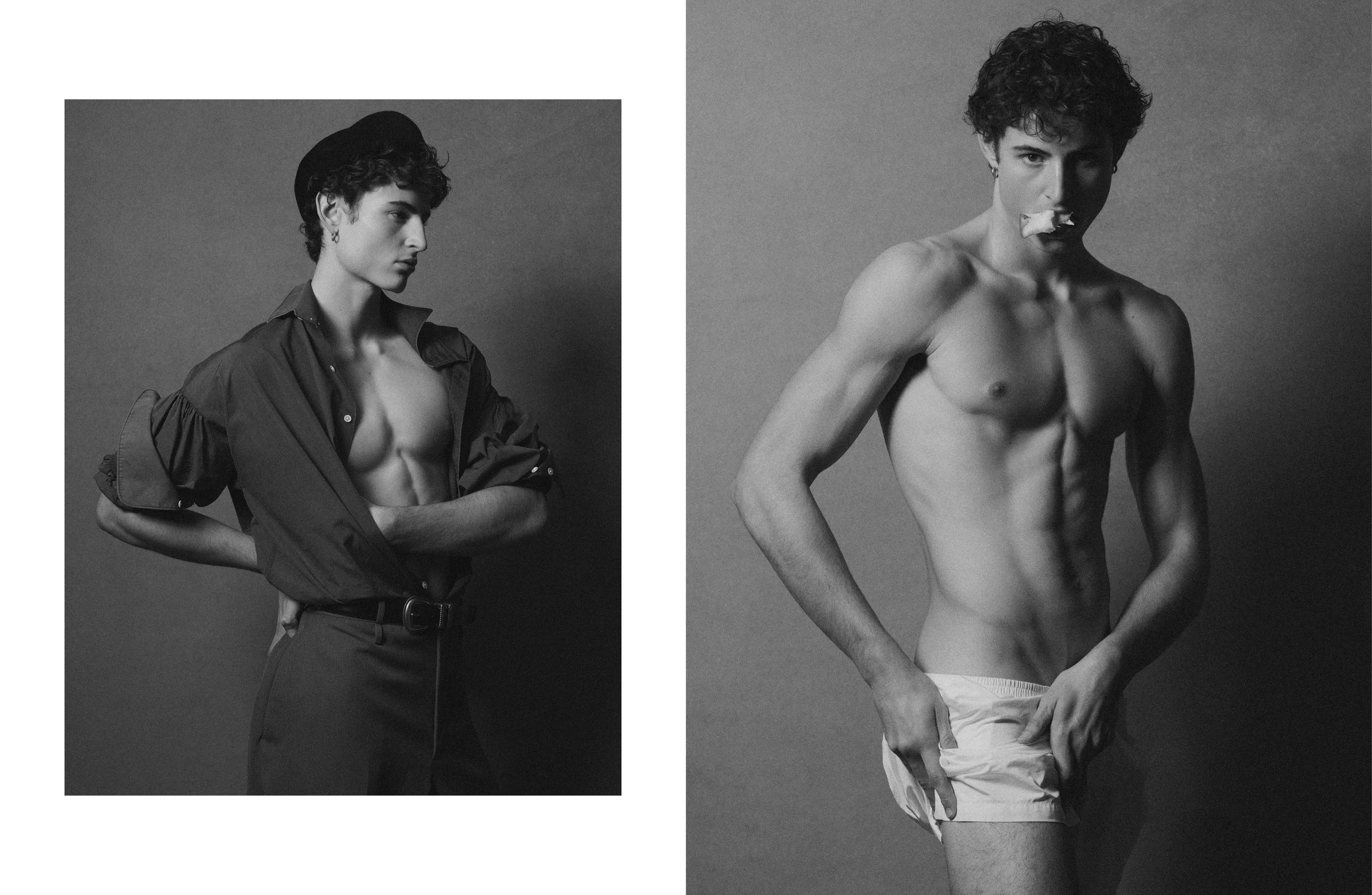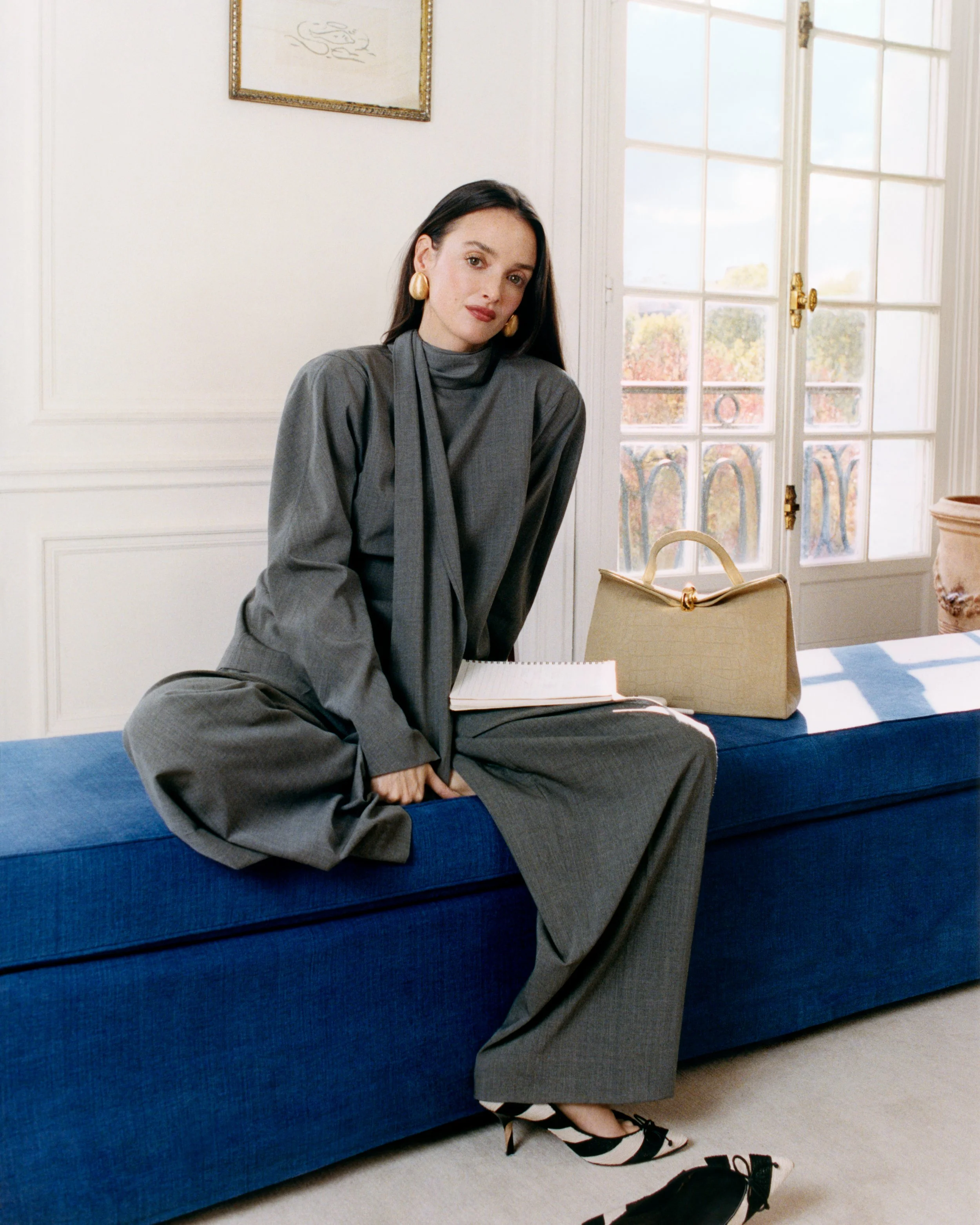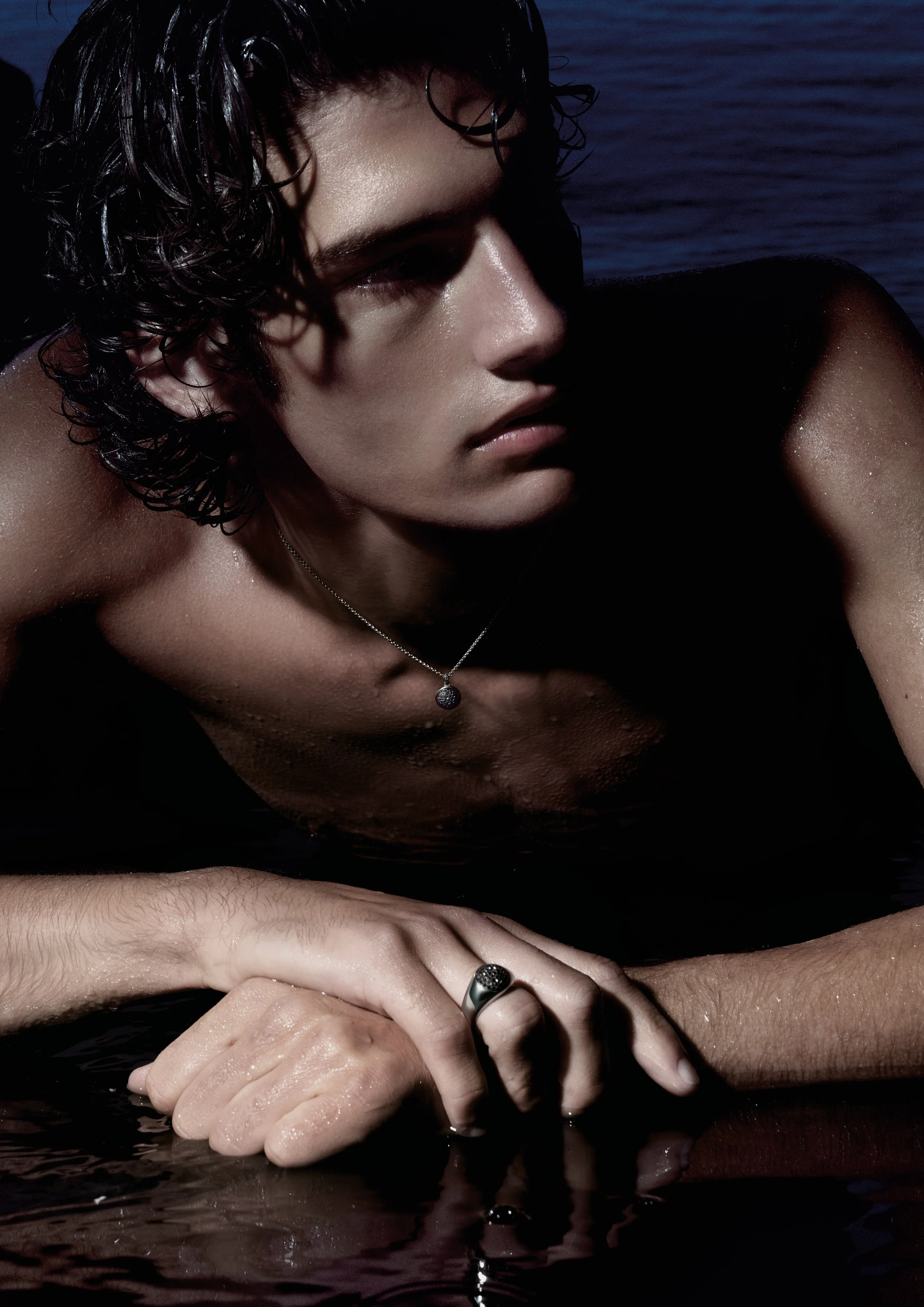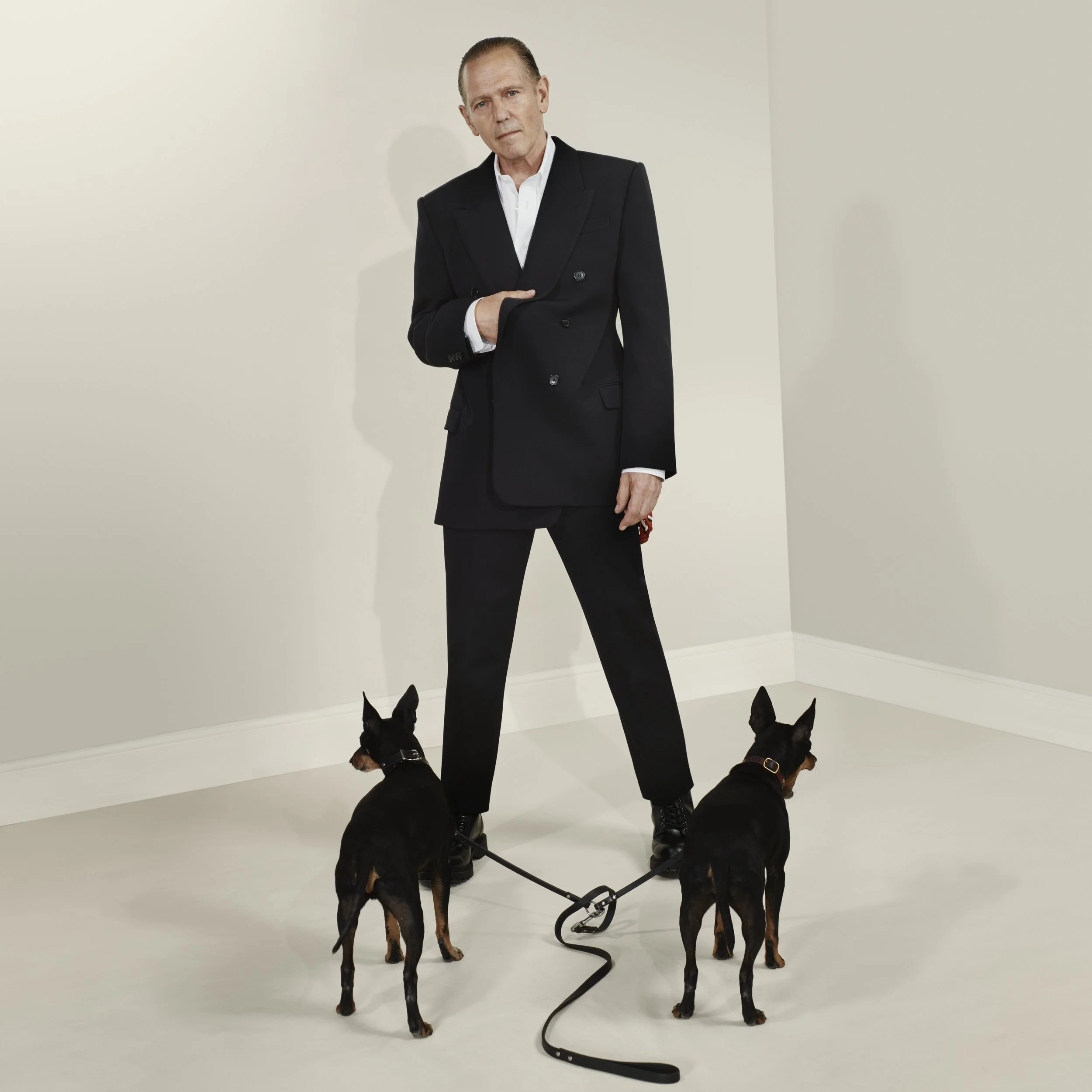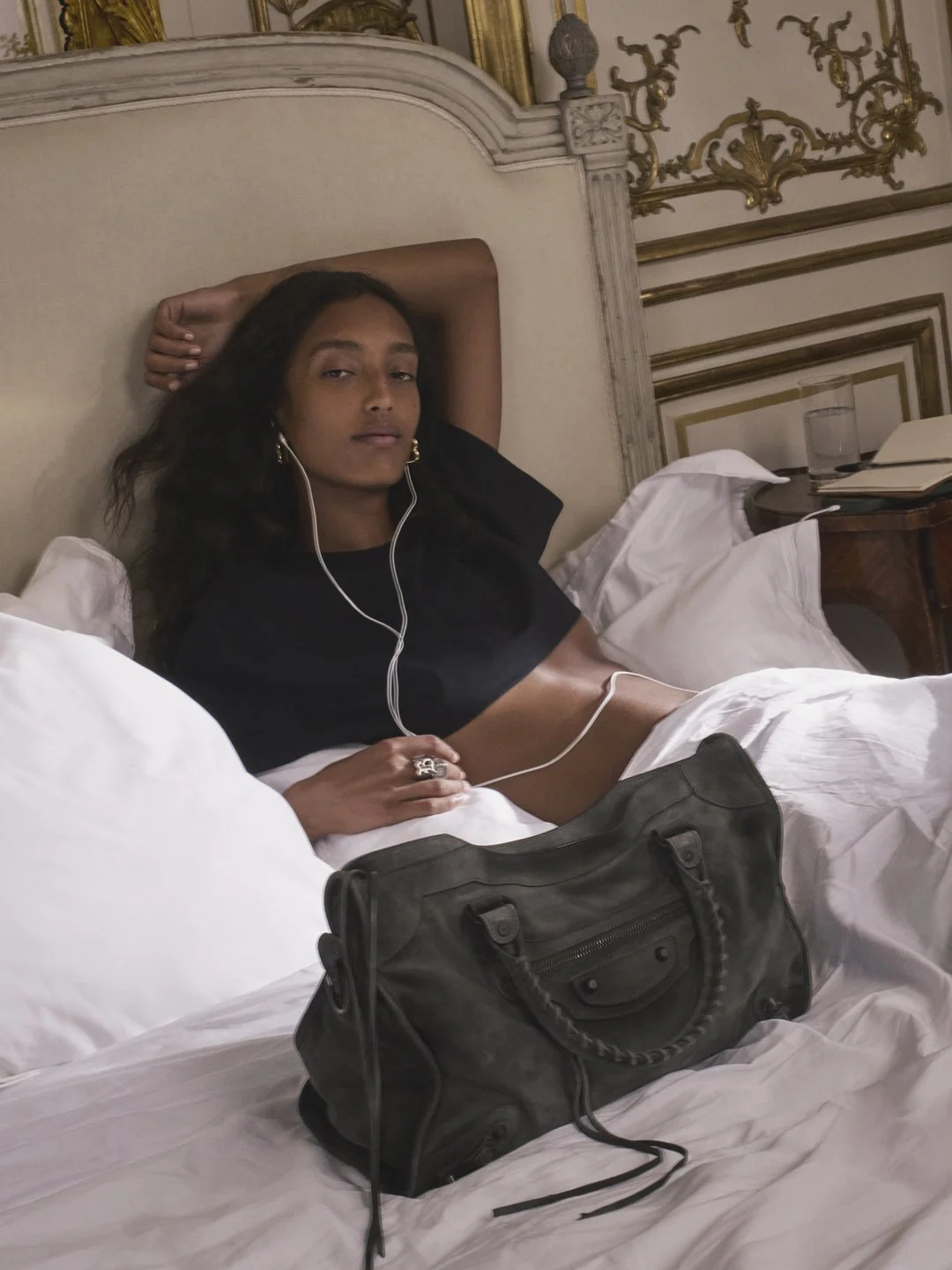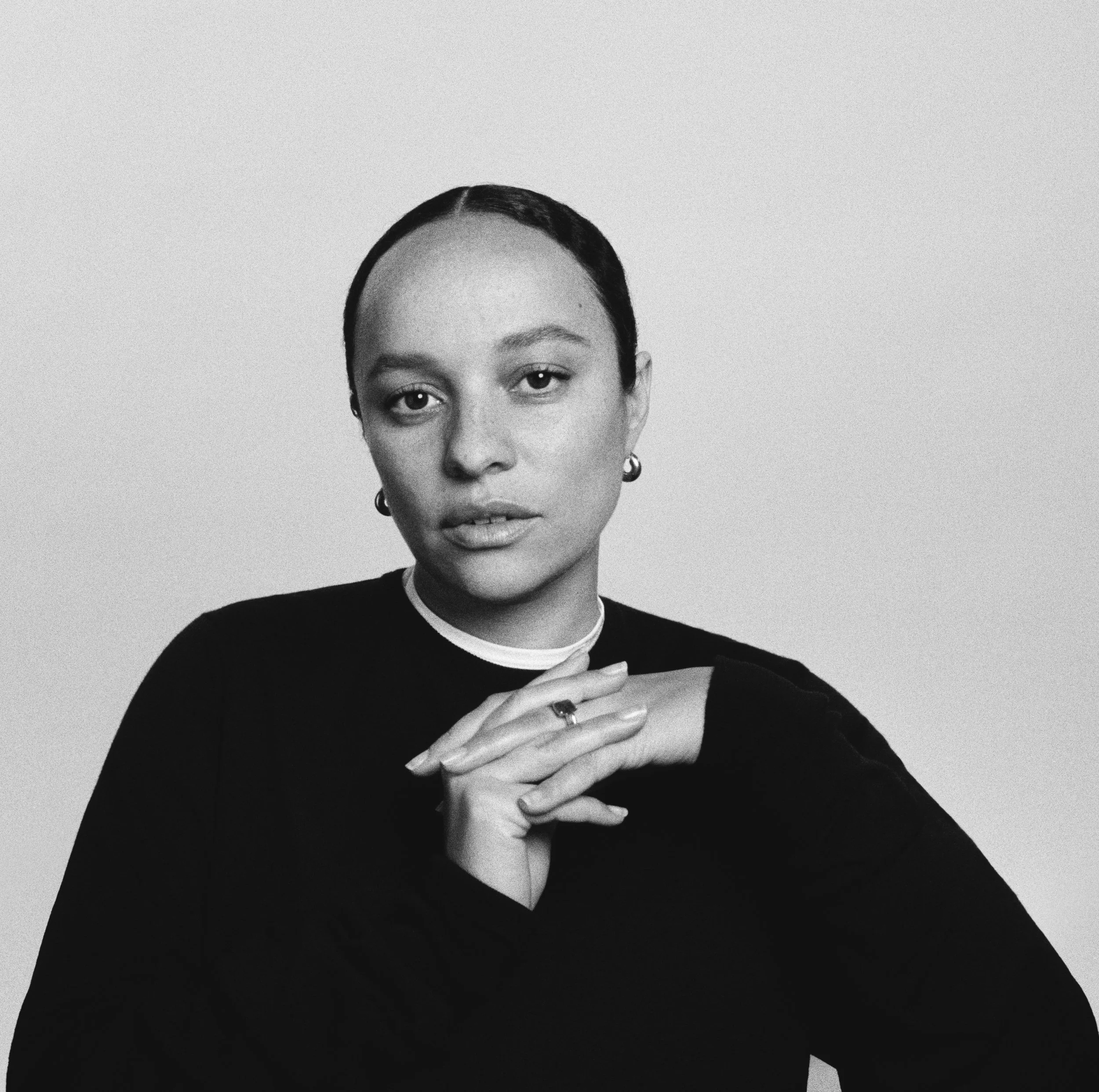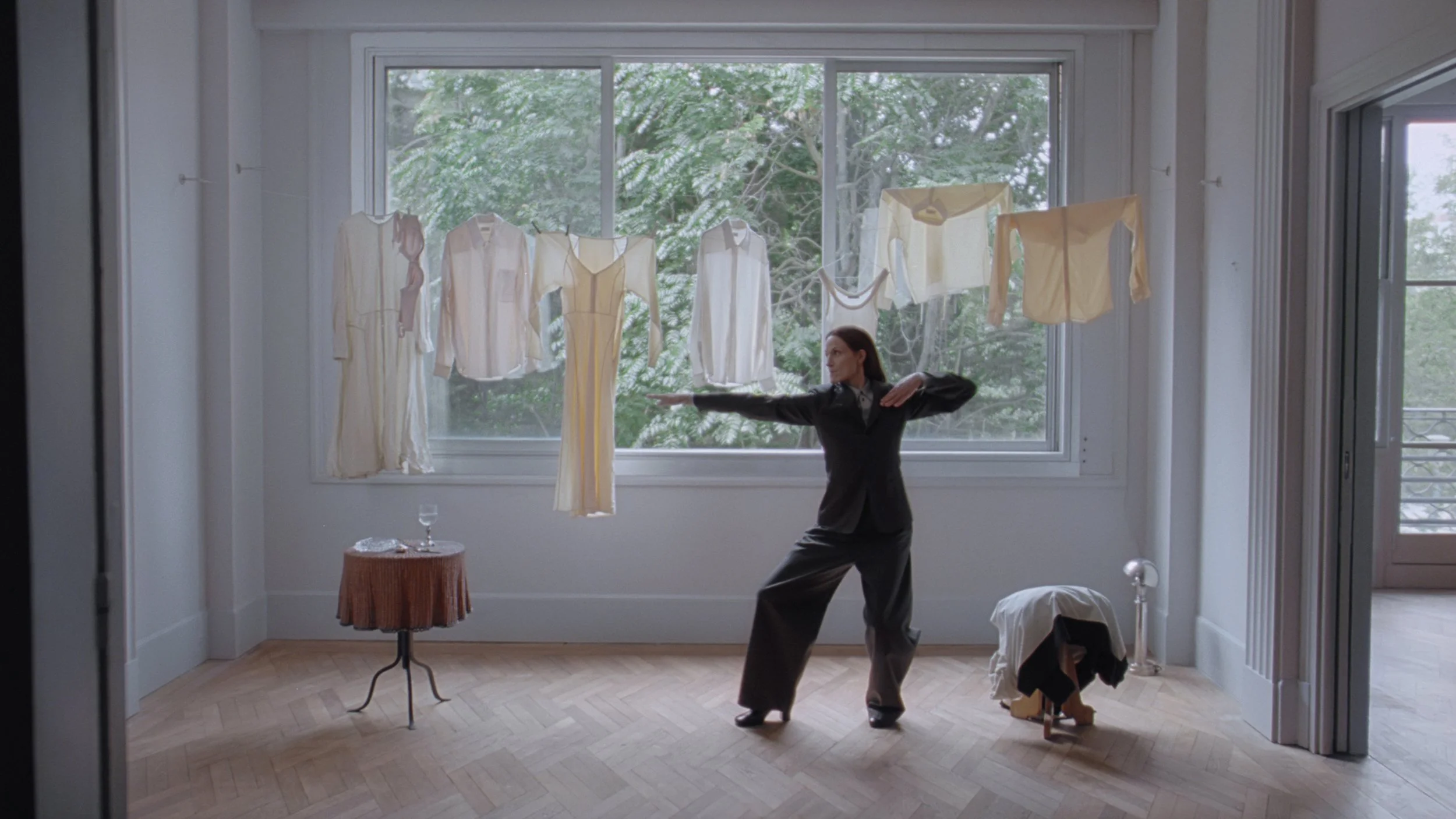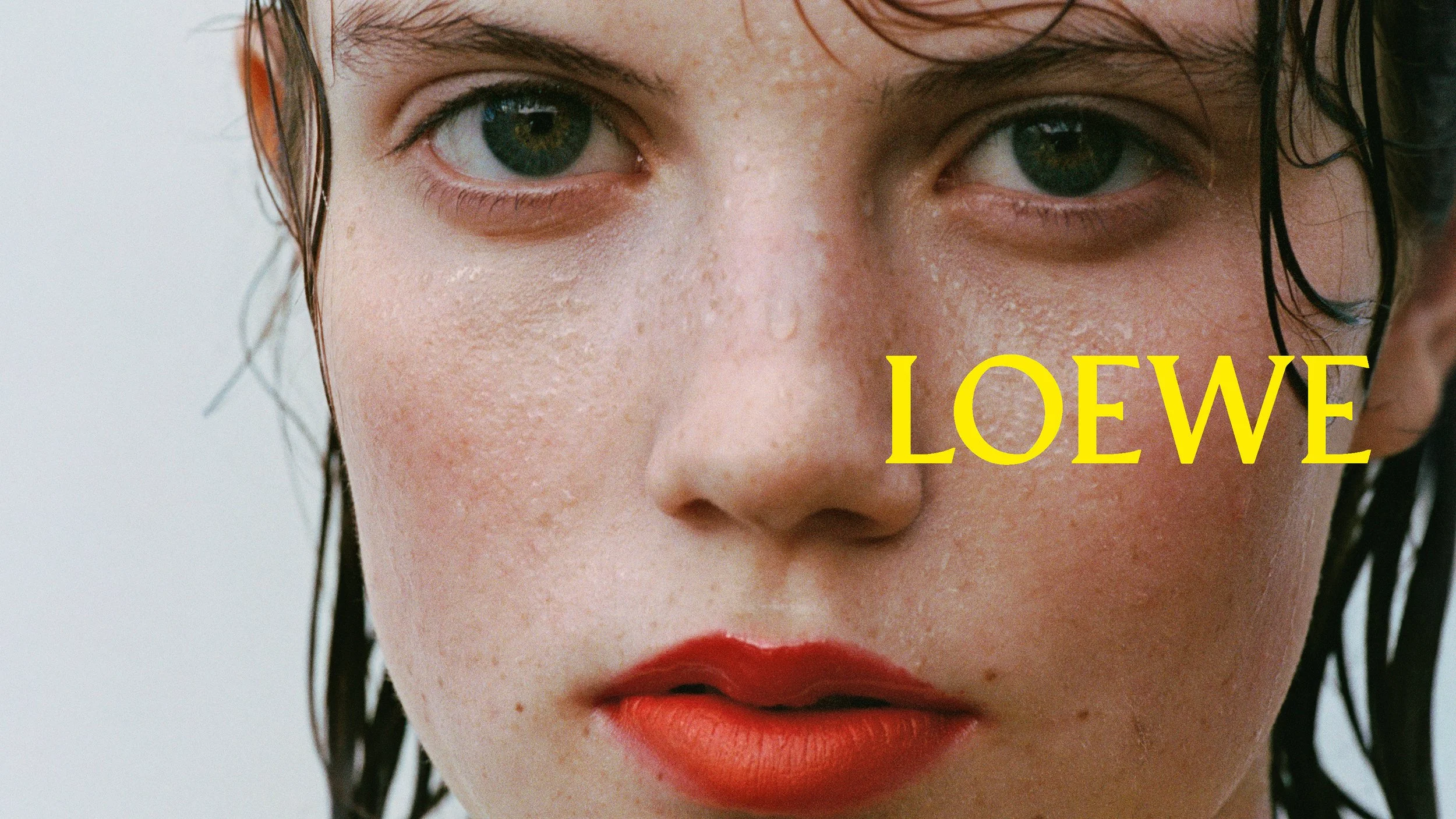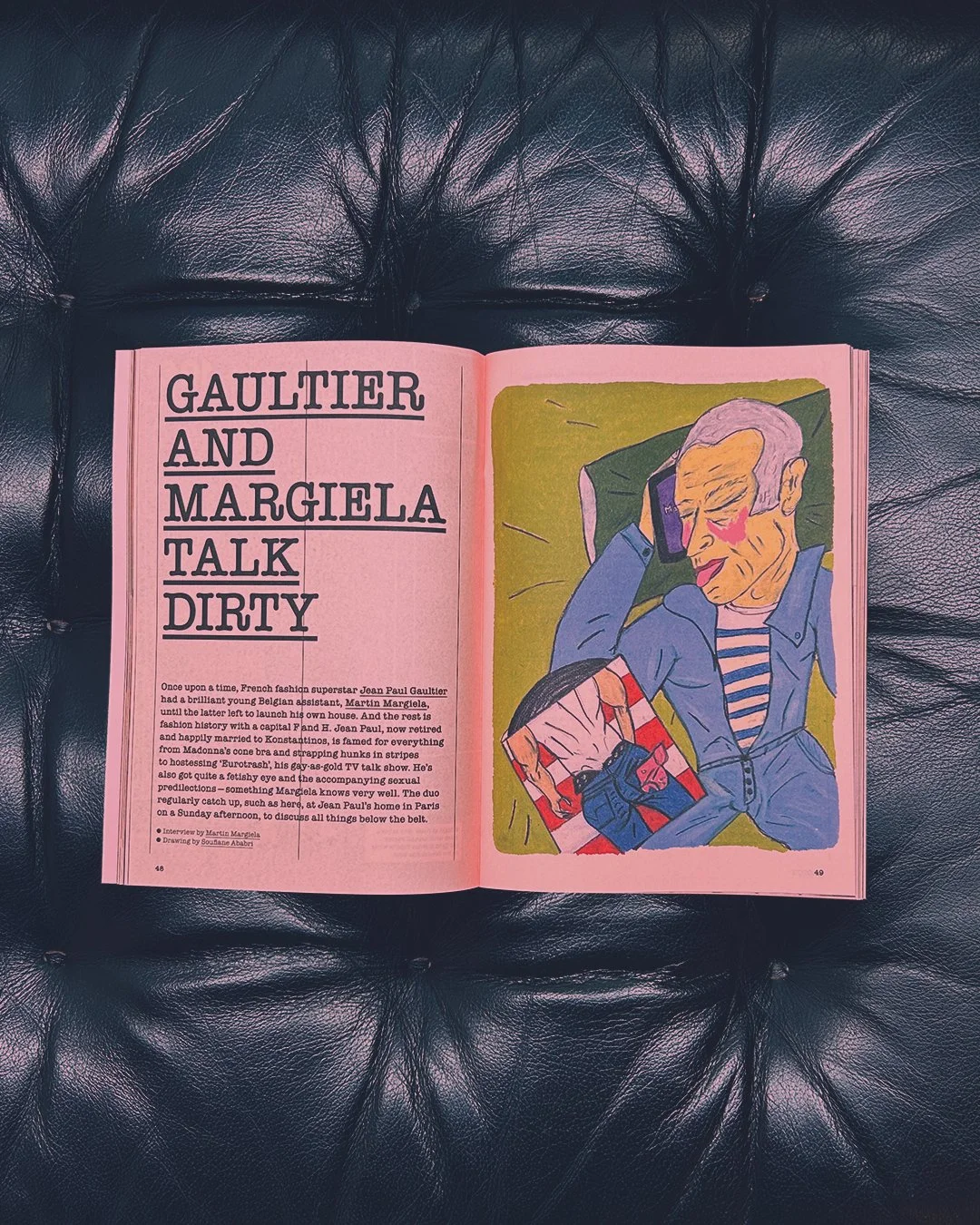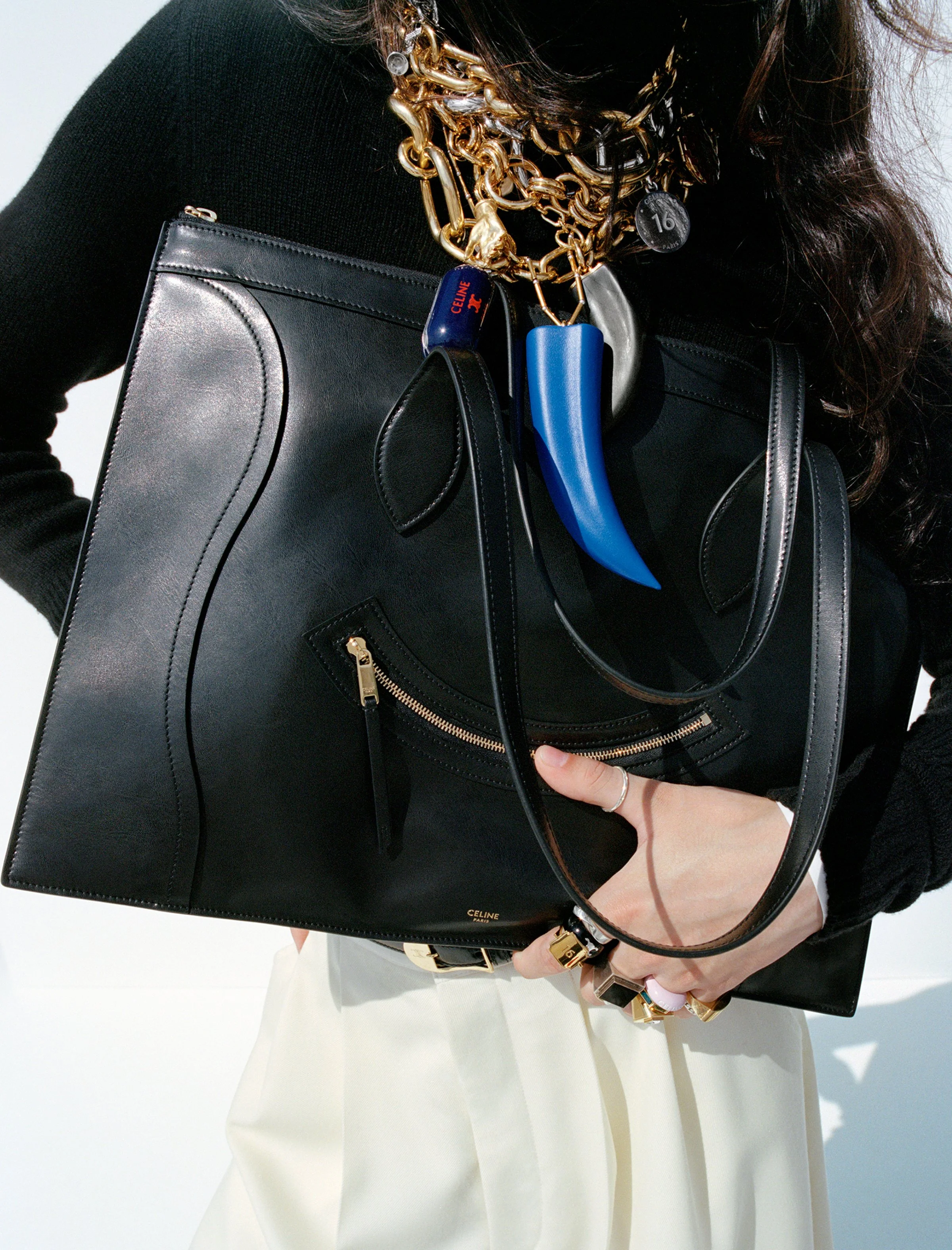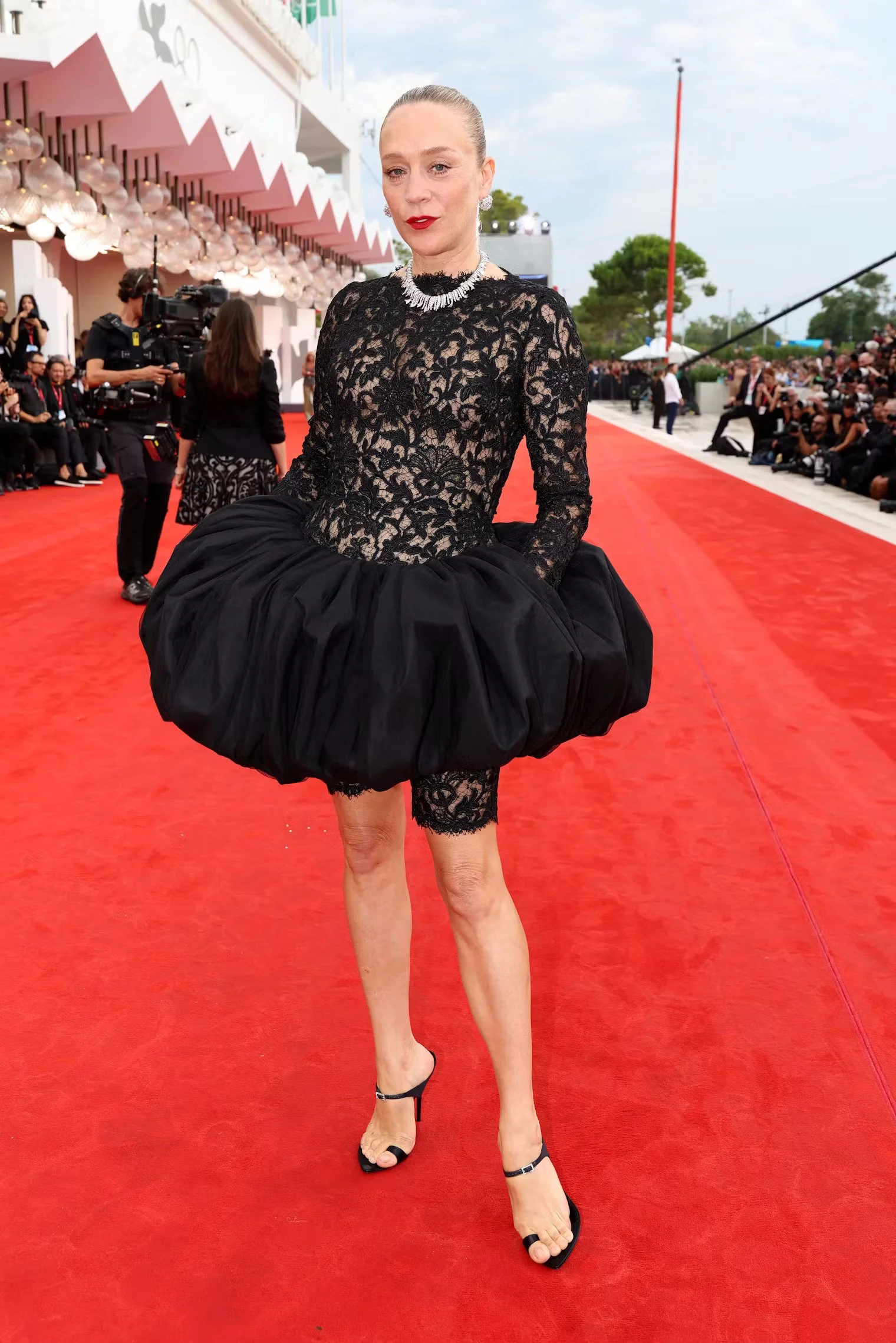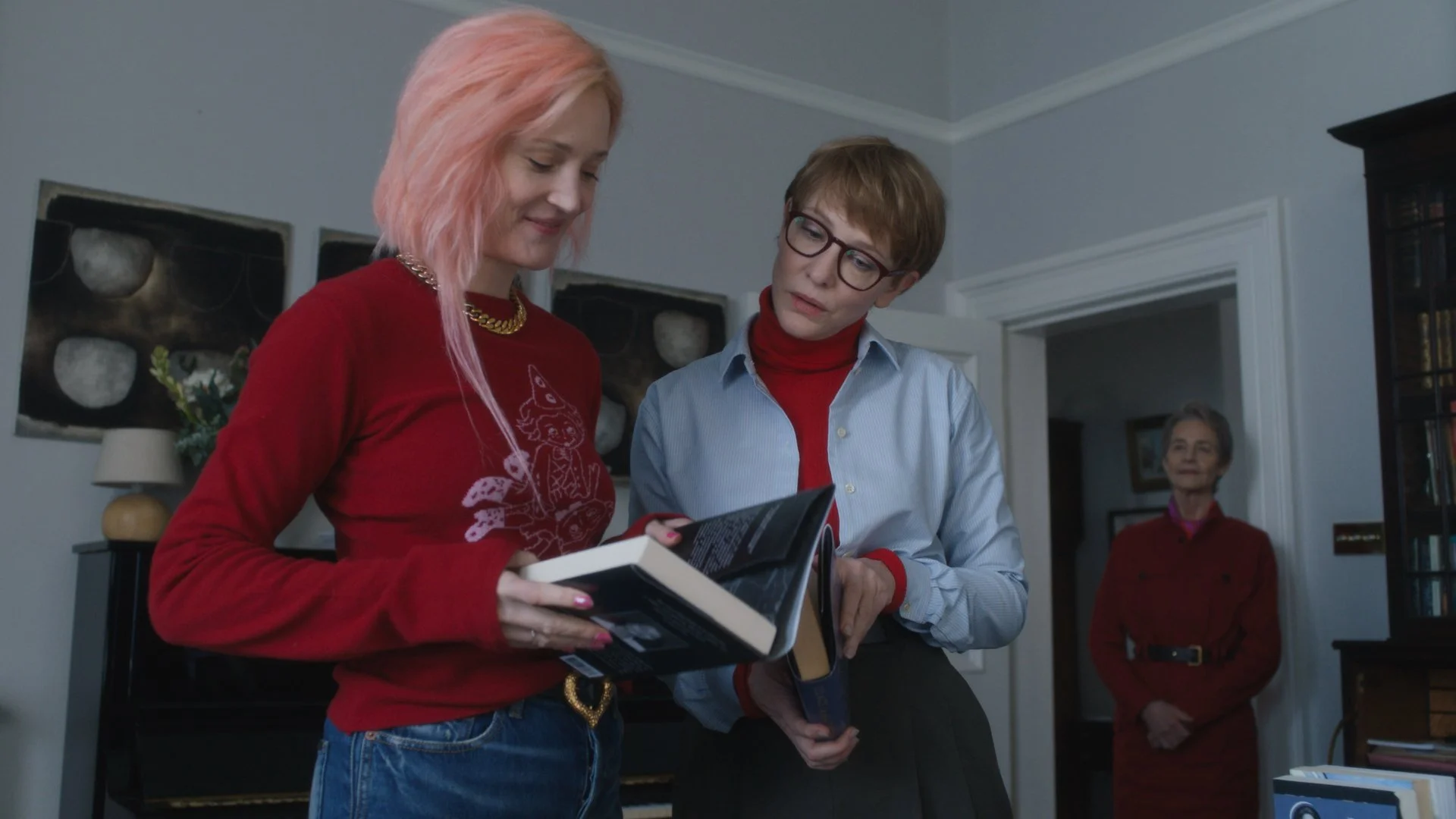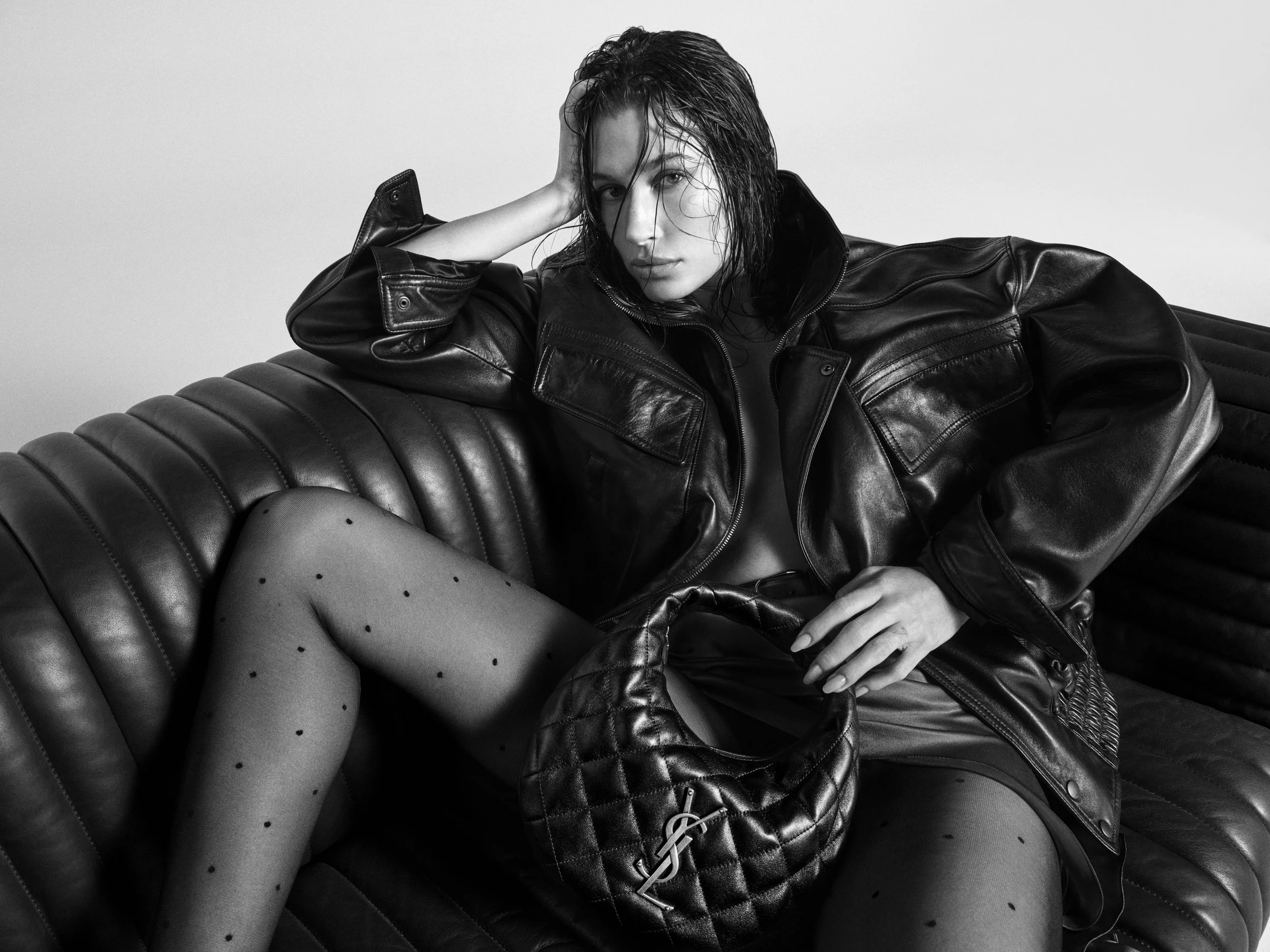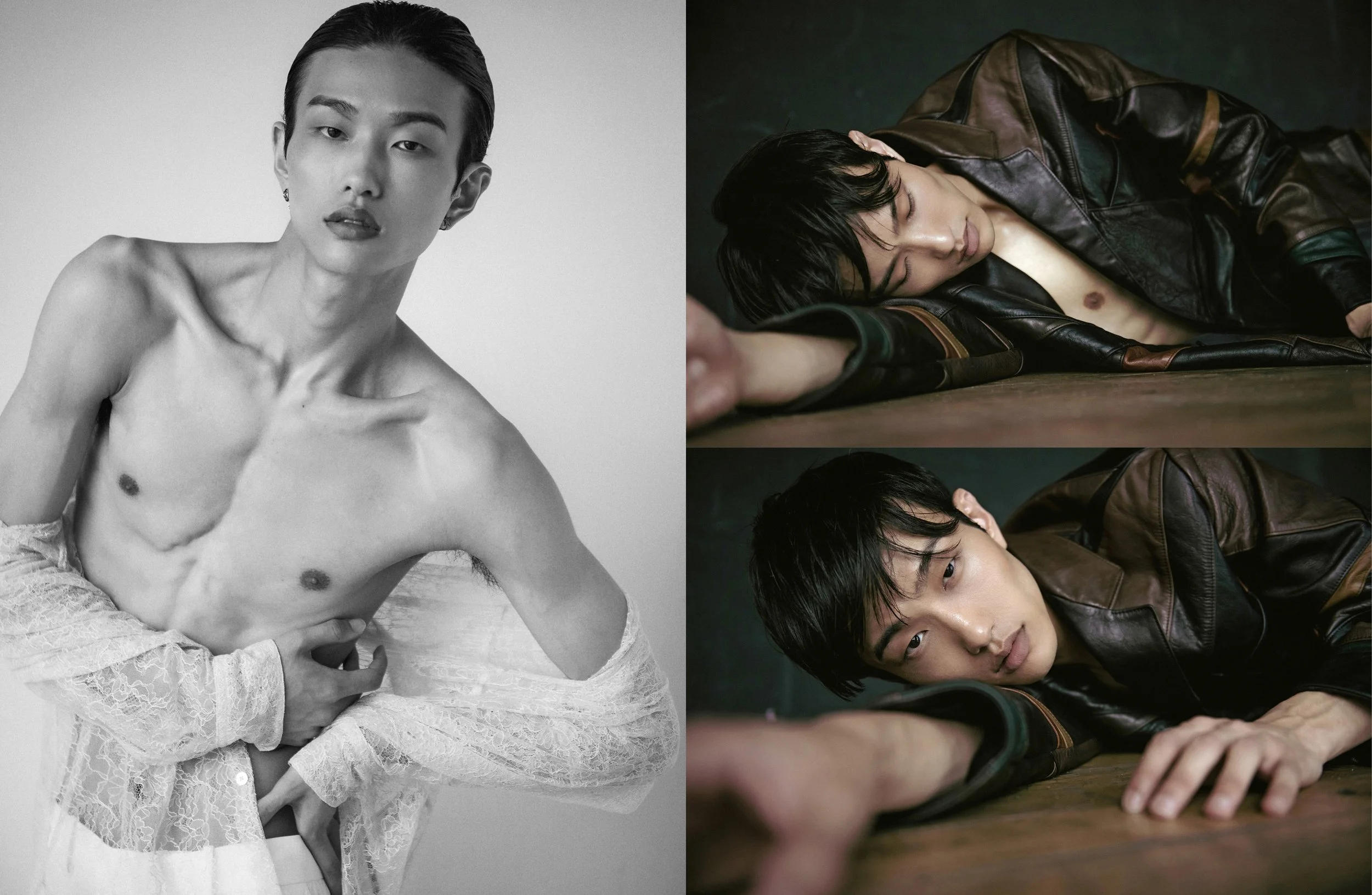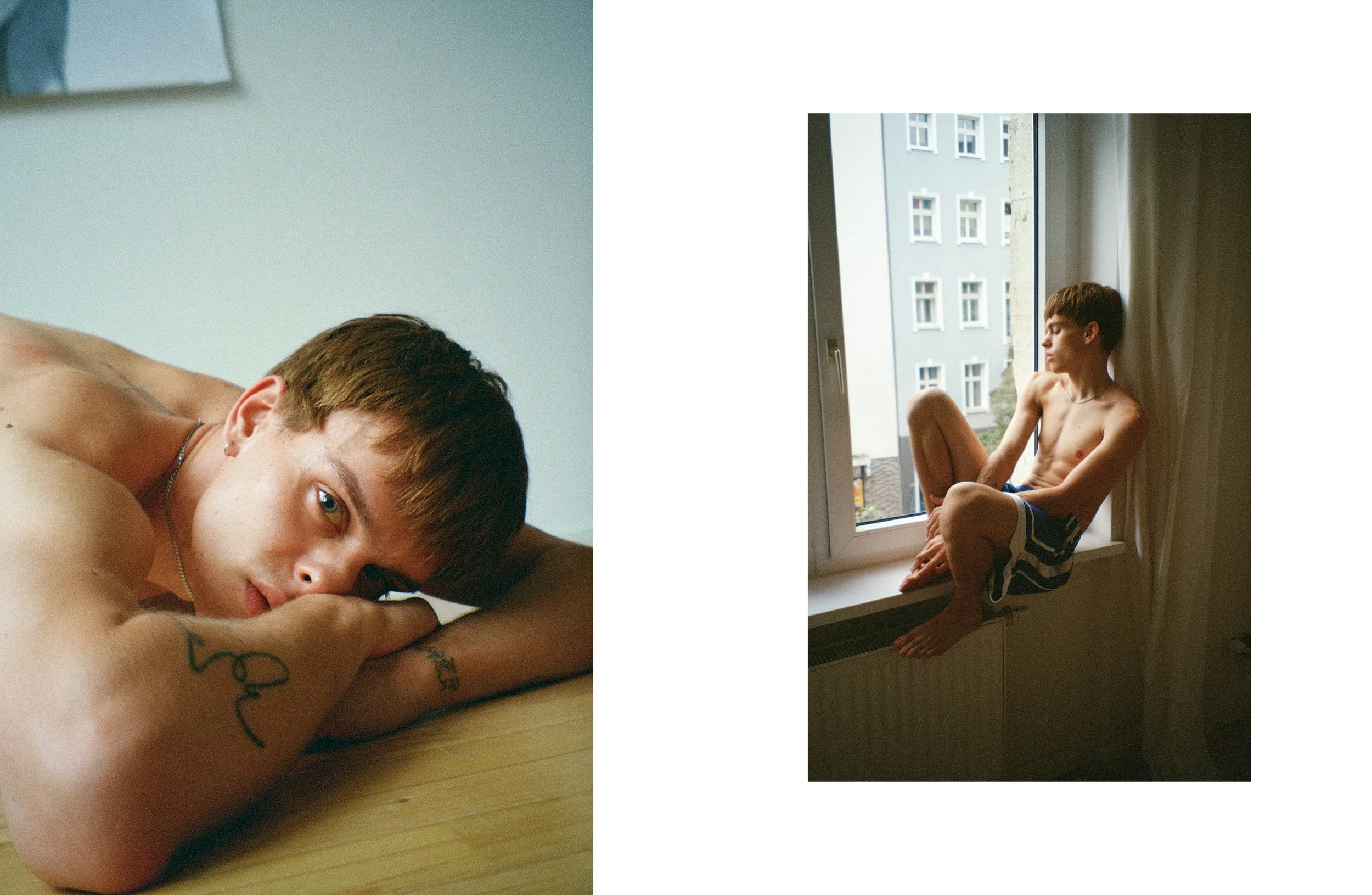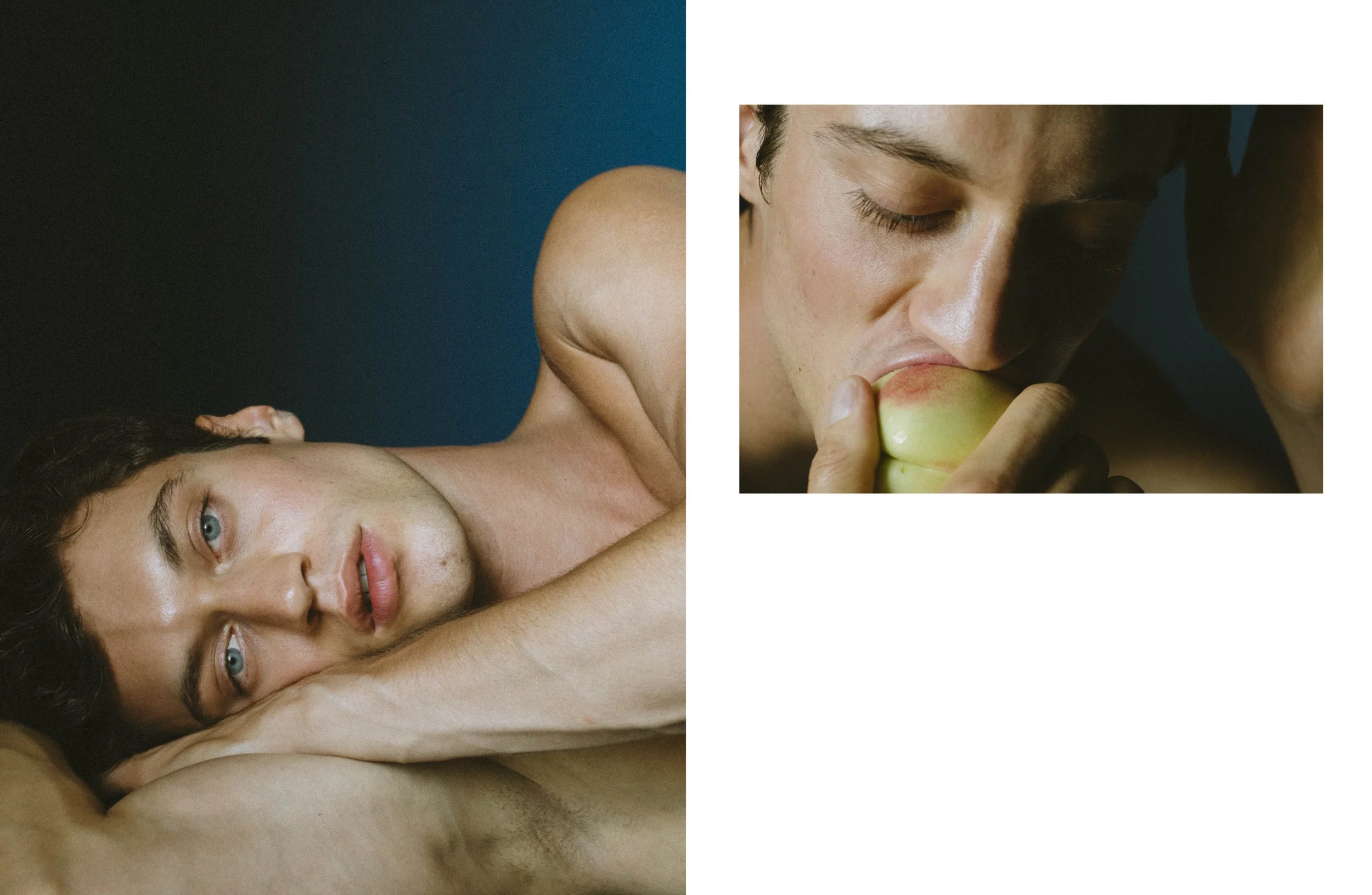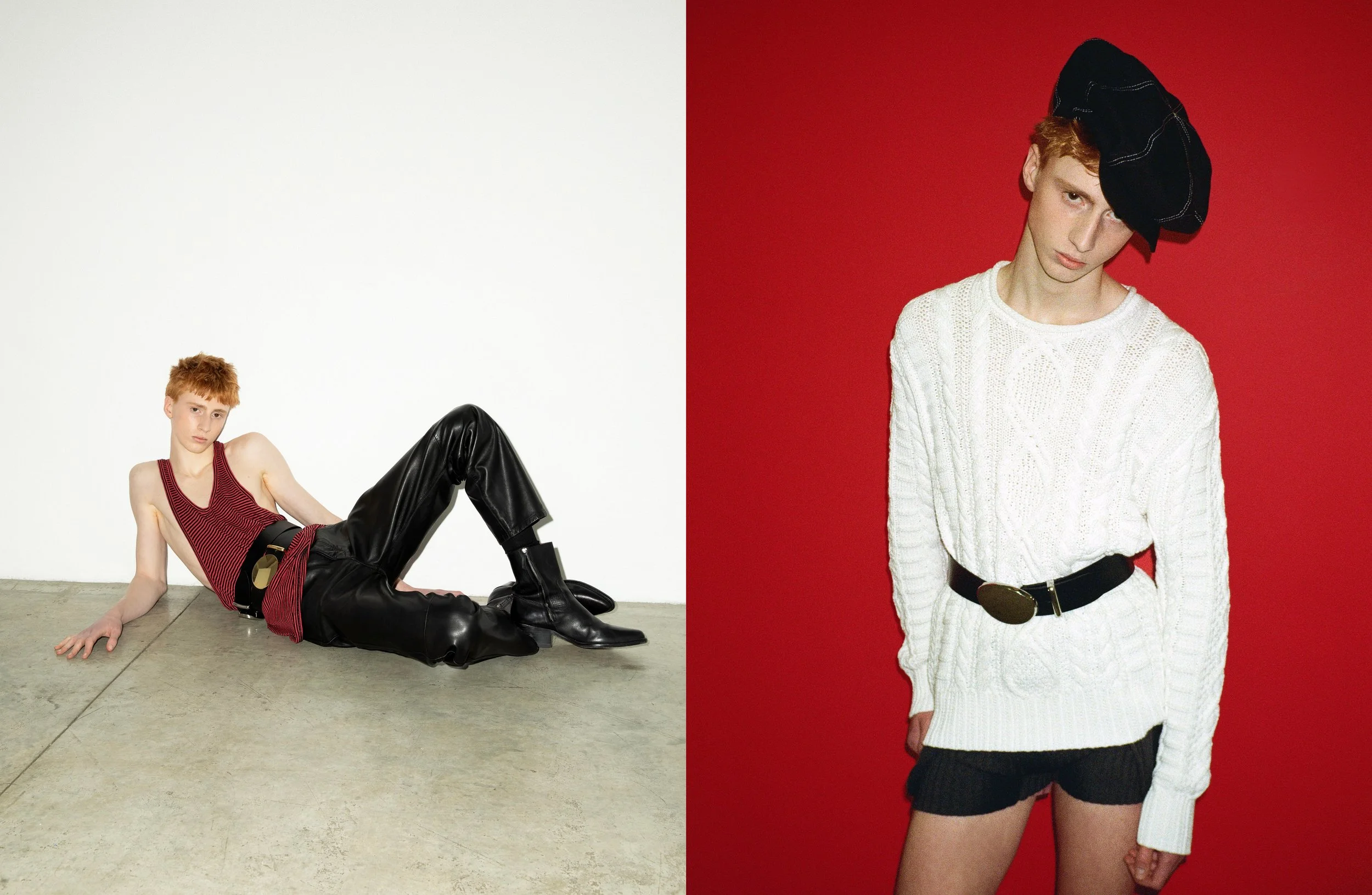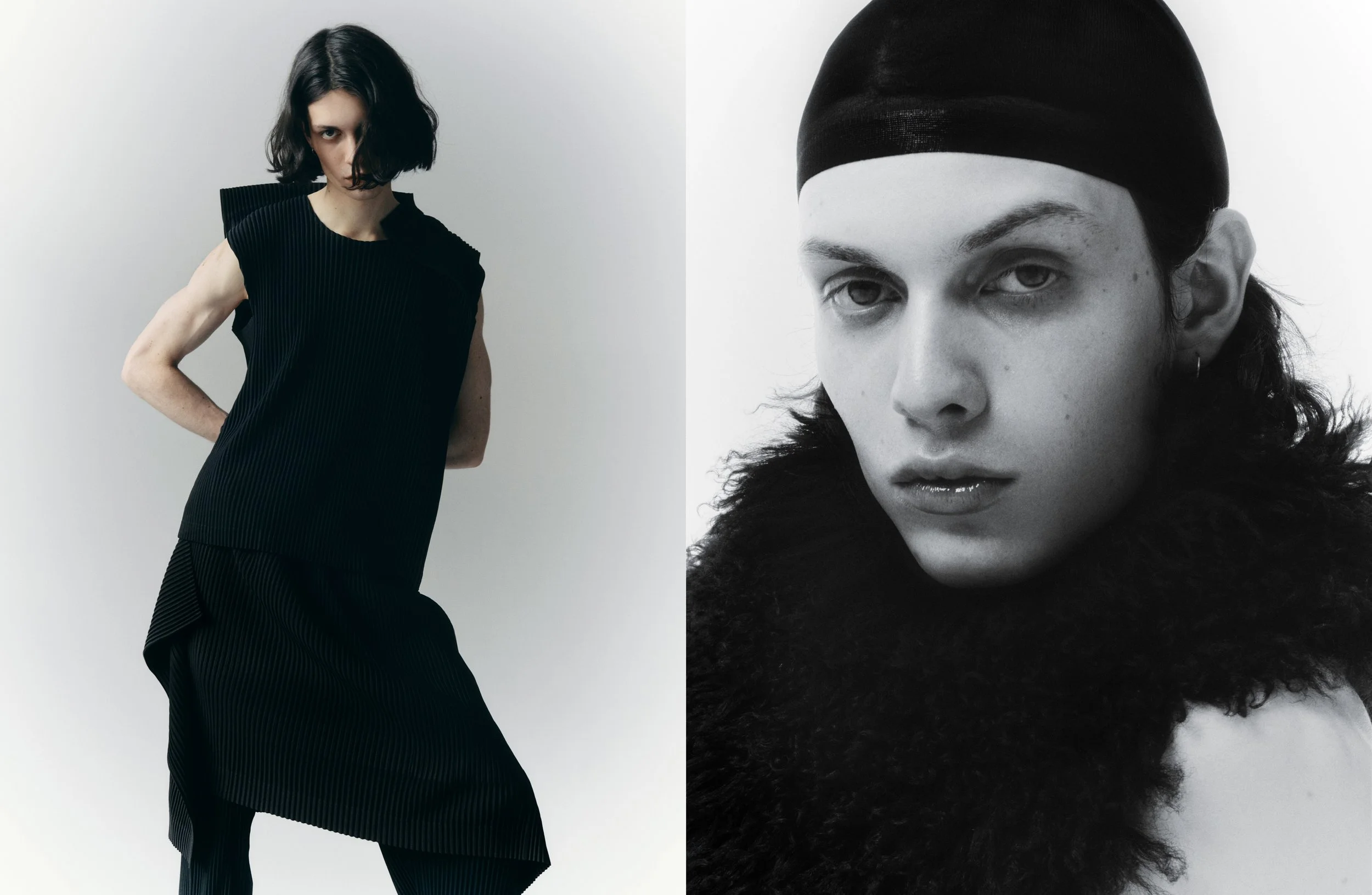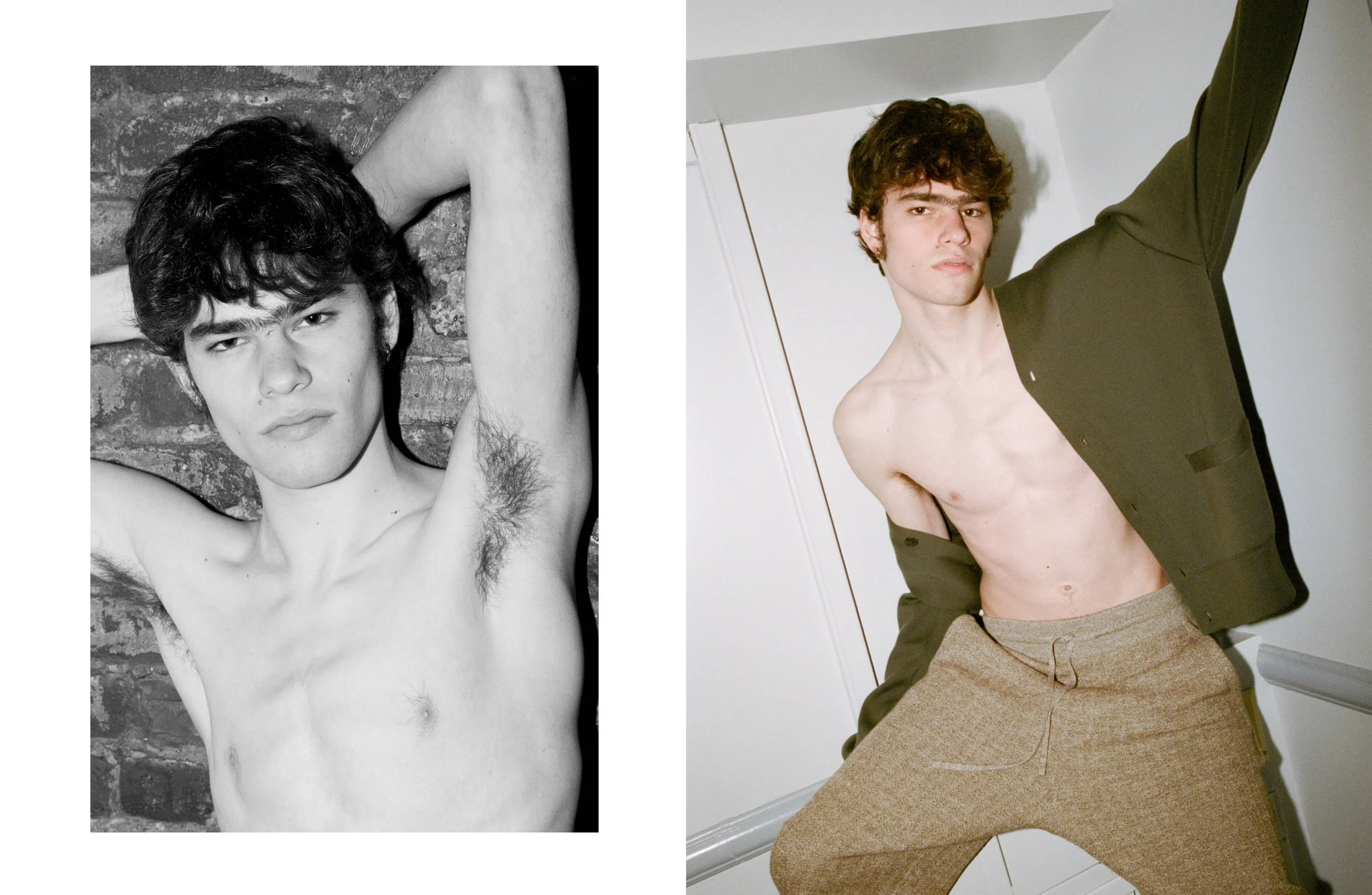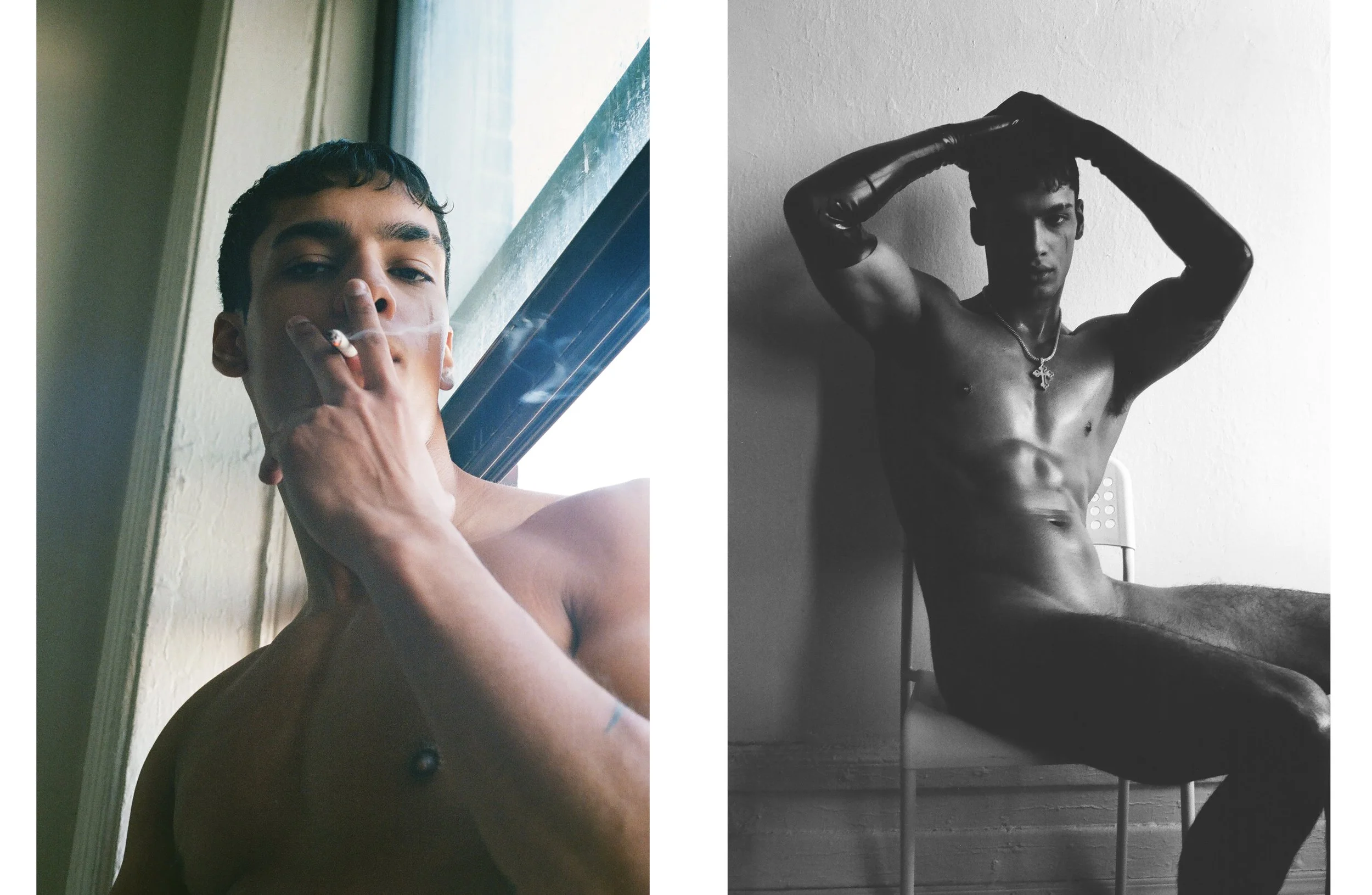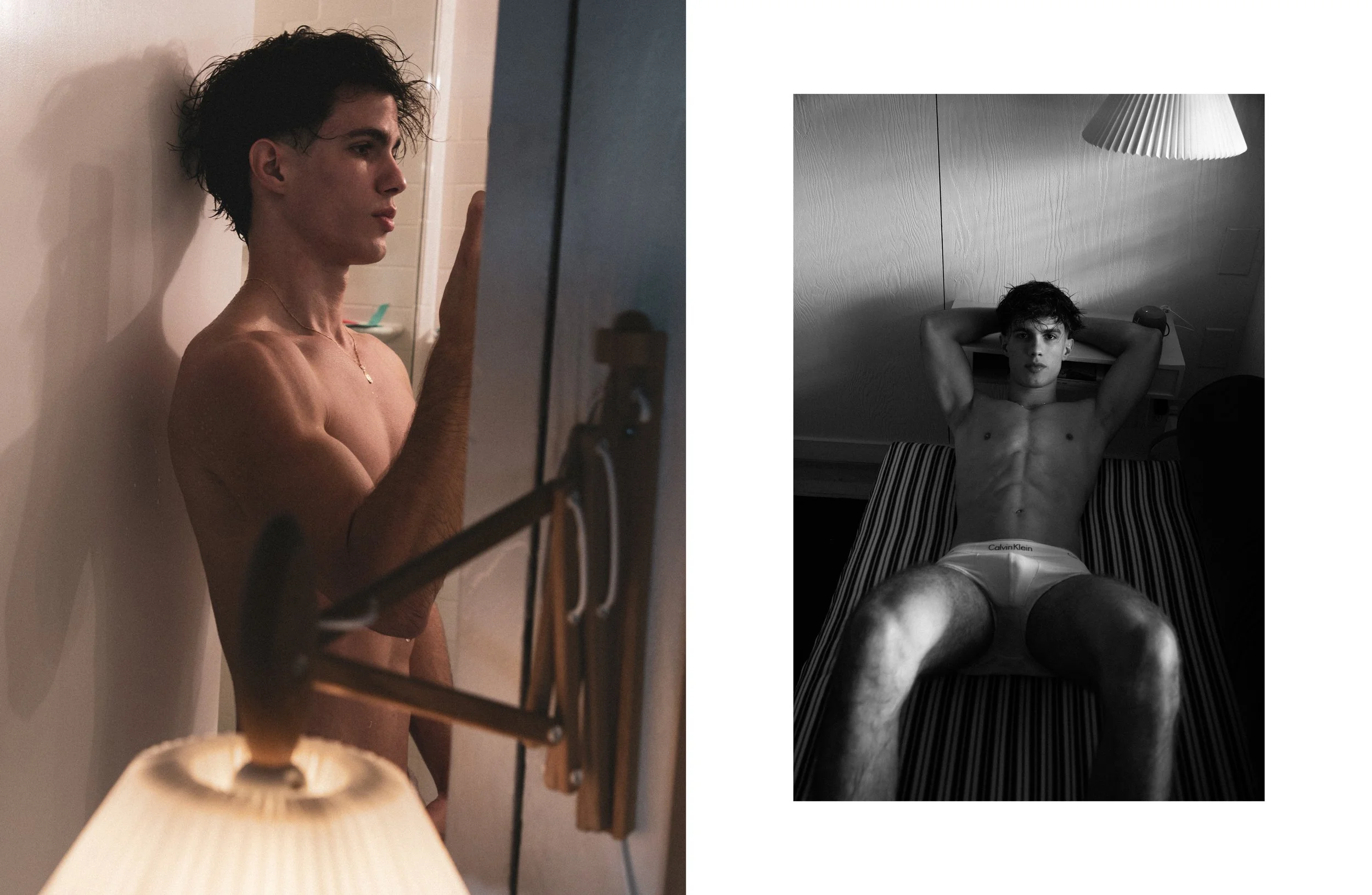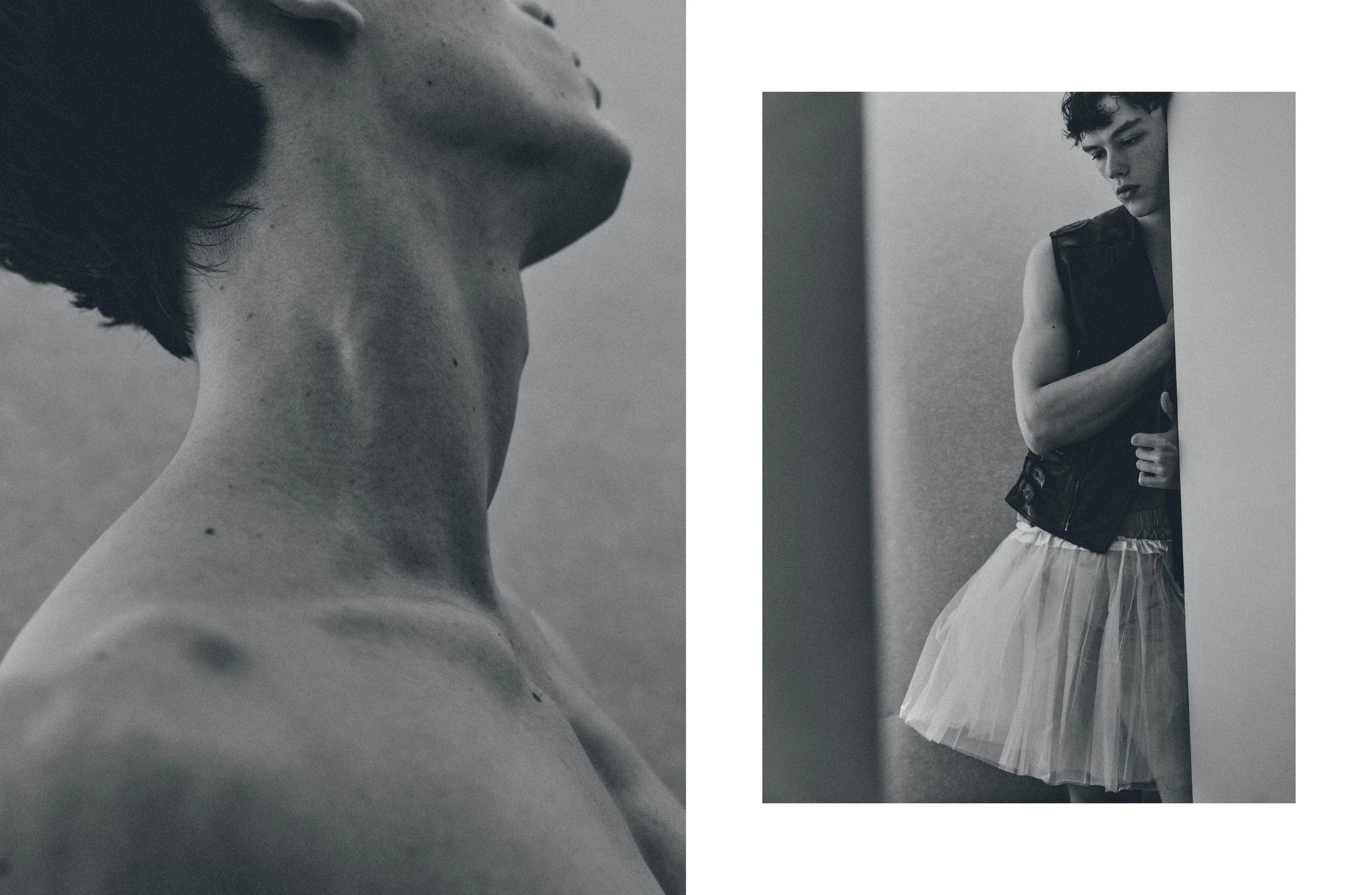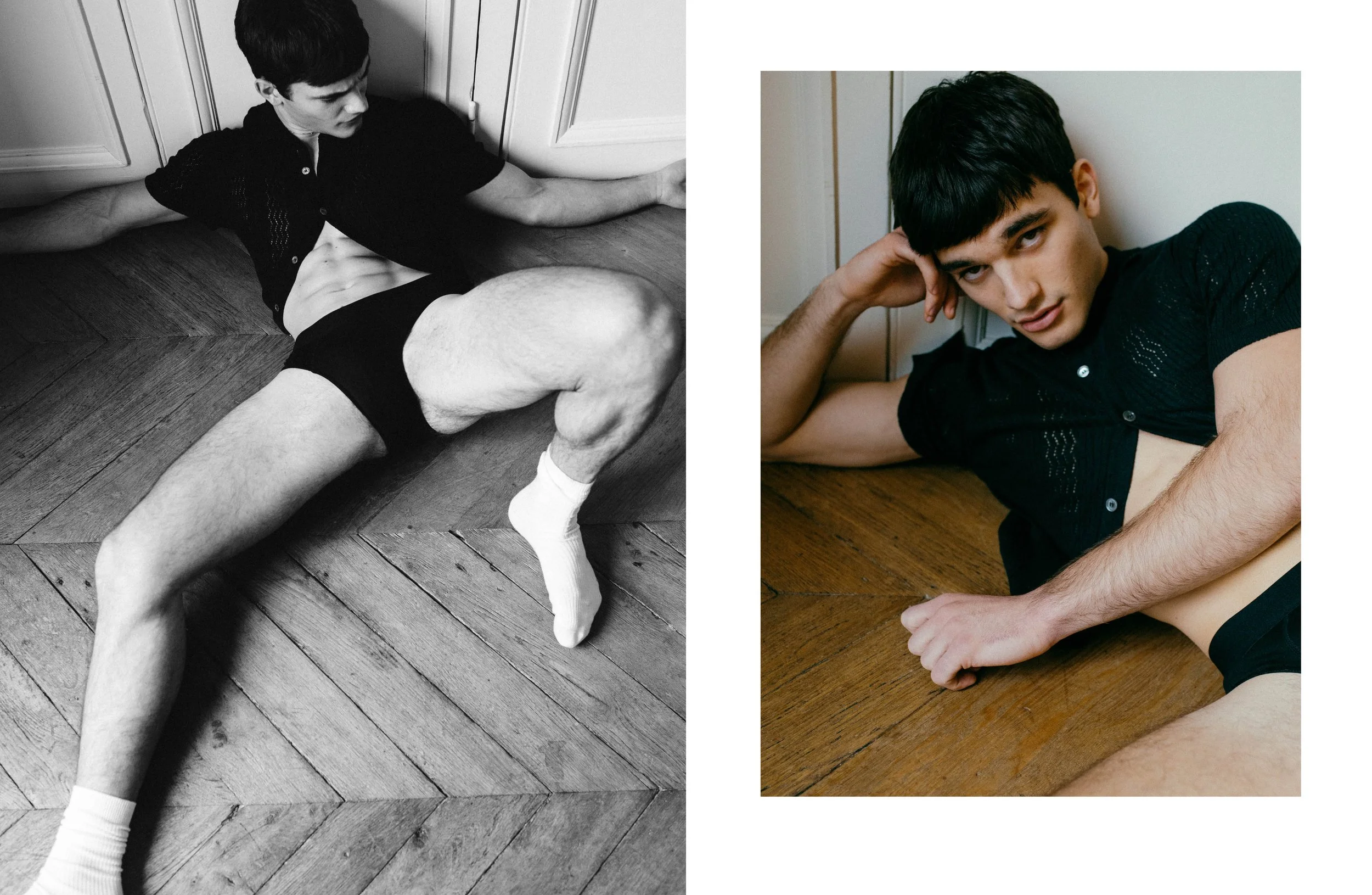In the season that promised radical change, Chanel reached its climax. Scheduled for the penultimate day of Paris Fashion Week, Spring/Summer 2026 marked Matthieu Blazy’s much-anticipated debut. It isn’t an easy maison to lead. Its codes, its look, are ingrained in more than fashion history; it’s connected to the reason many love the industry. Through tweed jackets and padded bags, Chanel is synonymous with fashion itself. Even for a designer with Blazy’s track record – from the rumours of ghost designing Maison Margiela’s Artisanal collection to a genial tenure at Bottega Veneta – it’s a tough job. How does one approach a house that has had only a couple of creative directors in its 115 years? According to the French-Belgian designer, it's by looking into its history.
It’s clear Blazy studied the maison. Its codes are not just referenced, they’re played with, twisted, and turned in whimsical ways. The classic tweed jackets have their traditional pattern augmented. Inspired by the digital age habit of zooming in on one’s phone, the designer did just that, amplifying the organically angular print of Chanel’s tweed. The maison’s founder was considered in more than one way. First, Gabrielle Chanel’s most recognisable silhouette. On a cotton dress, a tweed skirt is attached right at the hip, with a matching jacket; the look emulates an unmistakable 1930s silhouette. The technique was replicated in a set that replaced the classic jacket with a checkered tweed shirt — a Matthieu signature — that melted at its extremities into caviar beading carefully placed to resemble the fabric’s texture.
Gabrielle Chanel wasn’t just a source of technical inspiration. Her personal life, and its connection to the maison, served as a thematic guideline. The classic Chanel strap was sewn on the inside hem of an oversized shirt (made with Charvet’s technique, the same one the couturier was known for wearing). Her proclivity towards natural themes, in wheat ears and neutral hues, was a constant in the collection.
Of course, Chanel isn’t just Gabrielle’s. The house’s most recognisable codes are in fact not part of her organic lexicon, but of Karl Lagerfeld's artifice-driven imagination. Here, his ability to make the comical chic was slightly reworked. The legendary designer was known for his over-the-top sets and campy themes. Blazy doesn’t ignore the impact his vision had on the maison, but doesn’t reach for the same effect. If Lagerfeld made a point to wink at his audience, the new creative director is more earnest. Crystal earrings host enamel chicks inside; one of the bags is a literal globe, harking back to the show’s planetary set.
And still, despite all his respect for the legacy, Blazy wasn’t afraid to meddle in it. It takes gall to reword Chanel’s most idiosyncratic bag, the 2.55. The icon is twisted and turned, made to look as if it’s been used and abused. Its look, even if aggravating for those that keep the stickers on their bags, speaks to a different client — the kind that makes Chanel pieces partners in their daily life. The same sentiment can be found at the hem of most of the skirts and dresses Blazy sent down the runway, their edges irregularly raw, as if worn to exhaustion.
There’s a lot of the French-Belgian designer’s style to be seen here. His materiality. His textural storytelling. His proclivity for organic themes. His ability to weave luxury techniques into casual pieces. Feathers were a highlight of the collection. Either paired with the aforementioned shirts or in low-waisted skirts, their movement represented something exciting: a new start at one of the most beloved maisons in the industry. What he did takes courage. Chanel’s future has been somewhat apparent up until this point. Blazy modifies its flight trajectory. And, in the most anticipated show of the season, he sticks the landing.
Words by Pedro Vasconcelos
